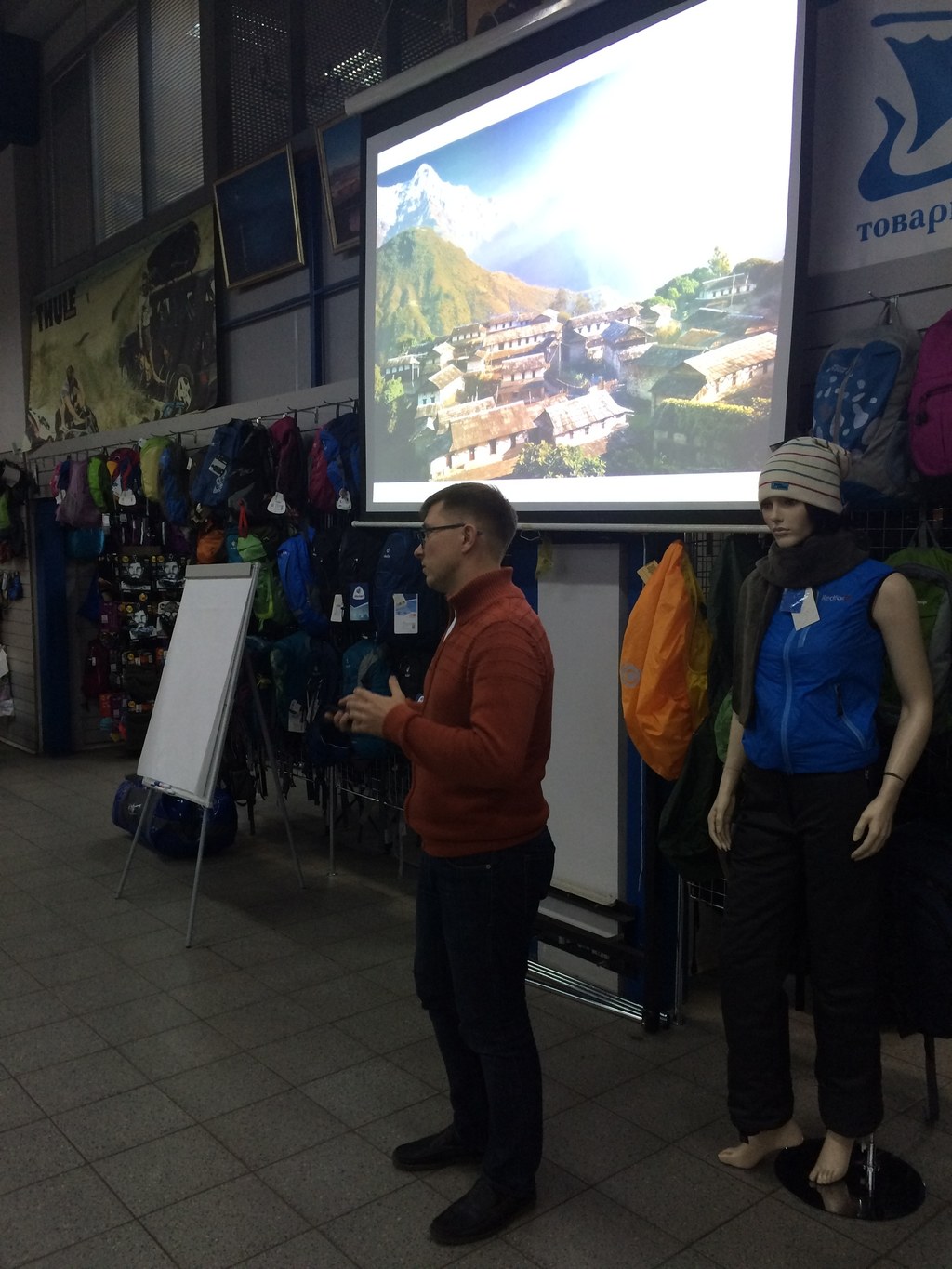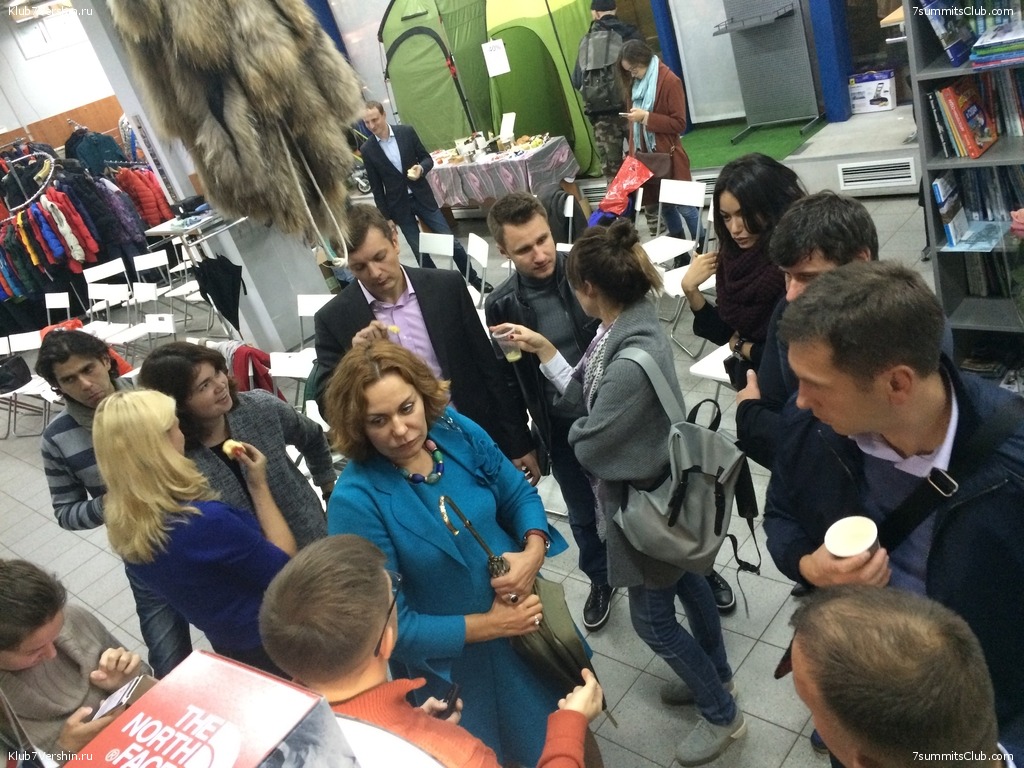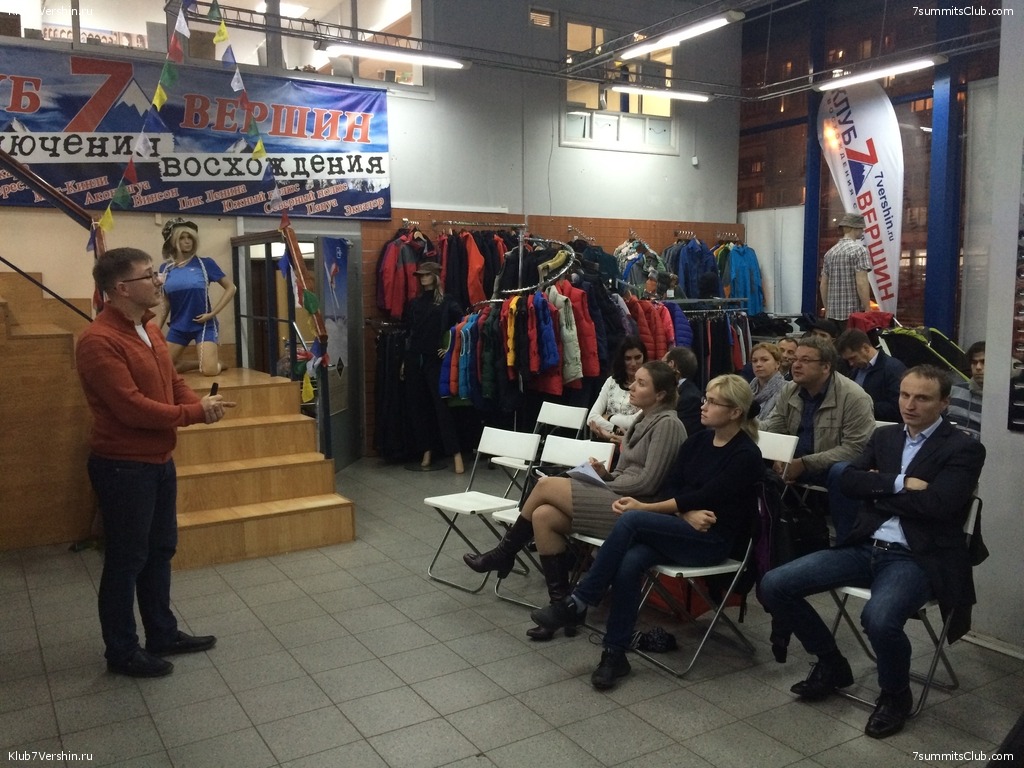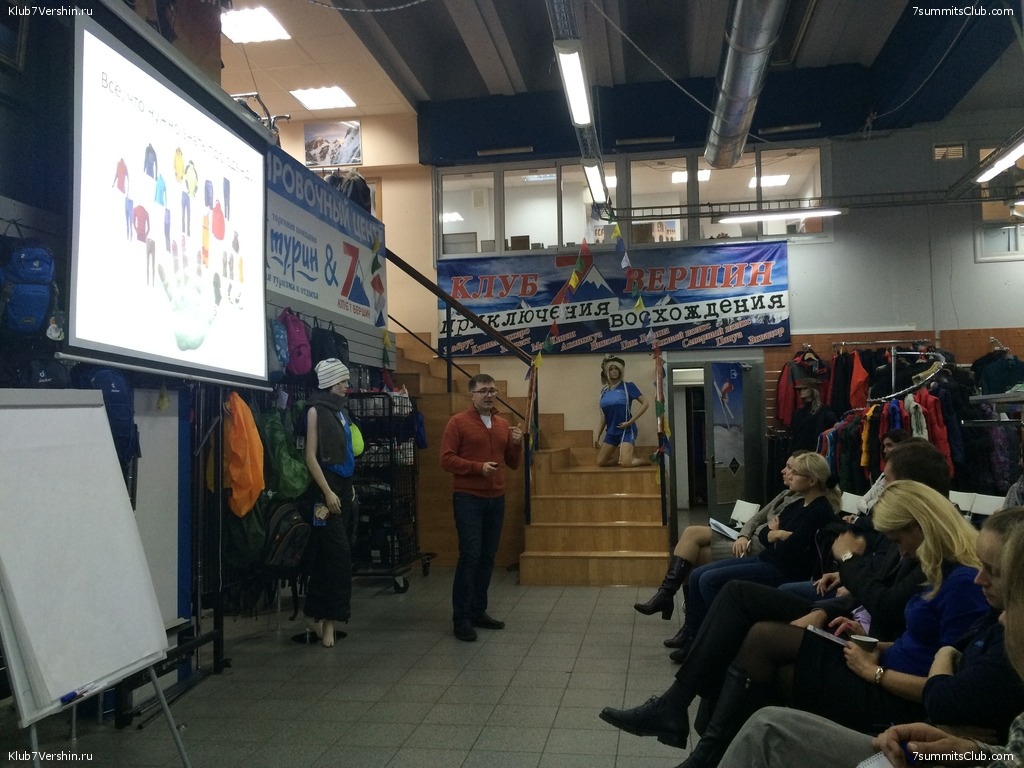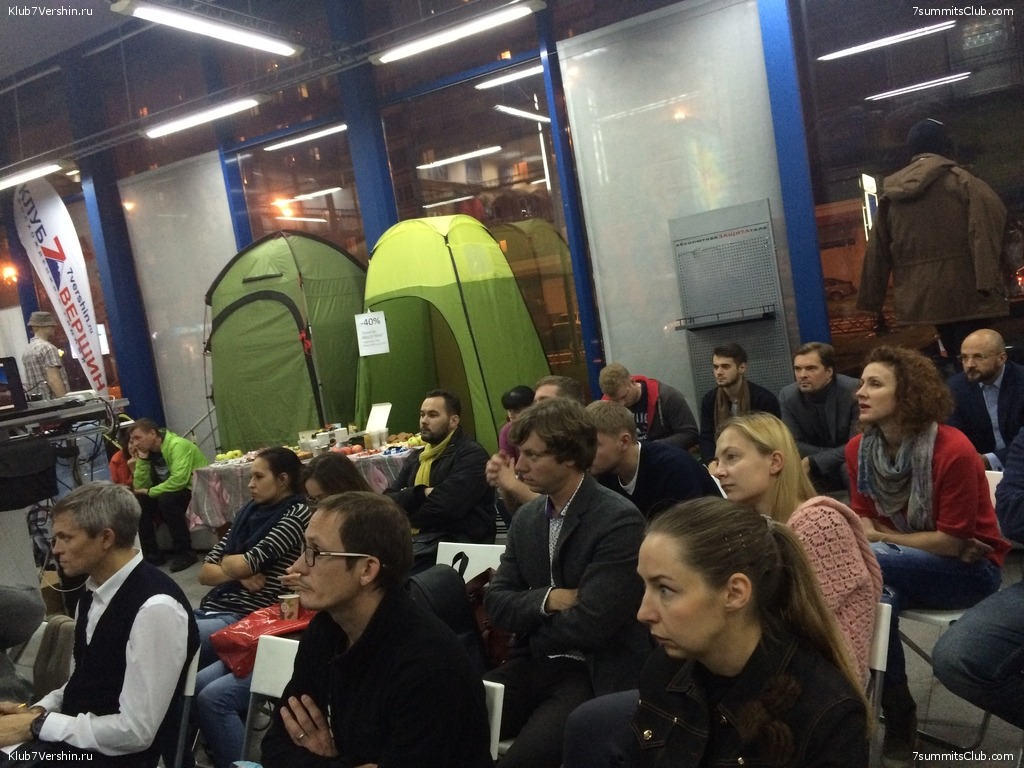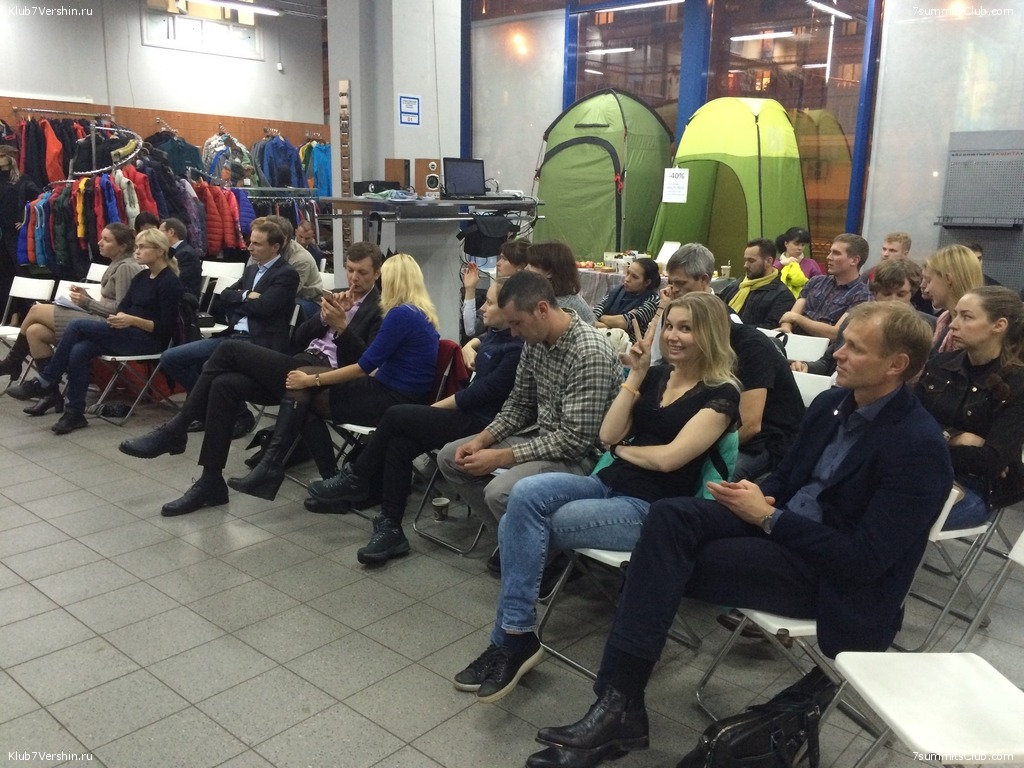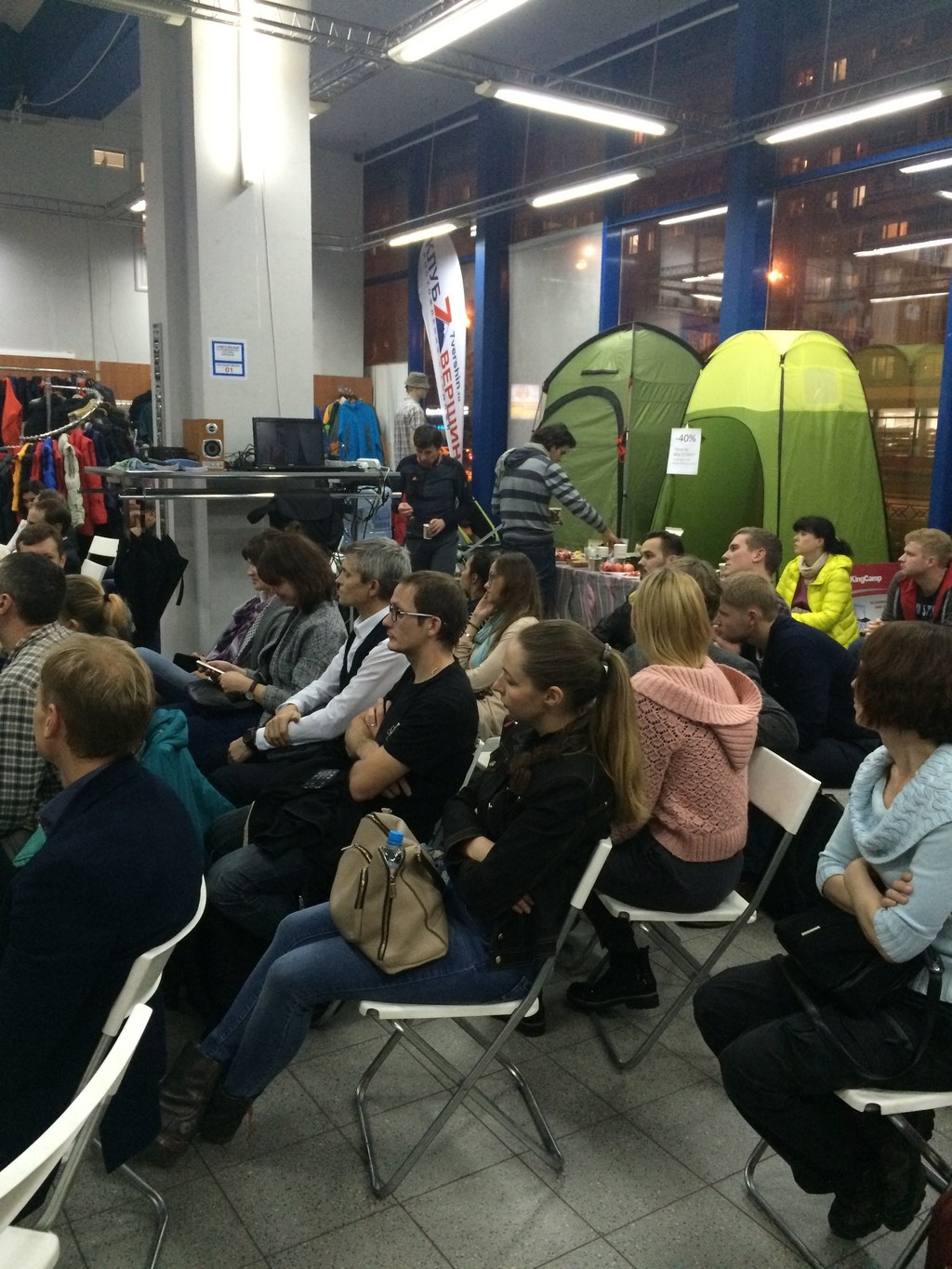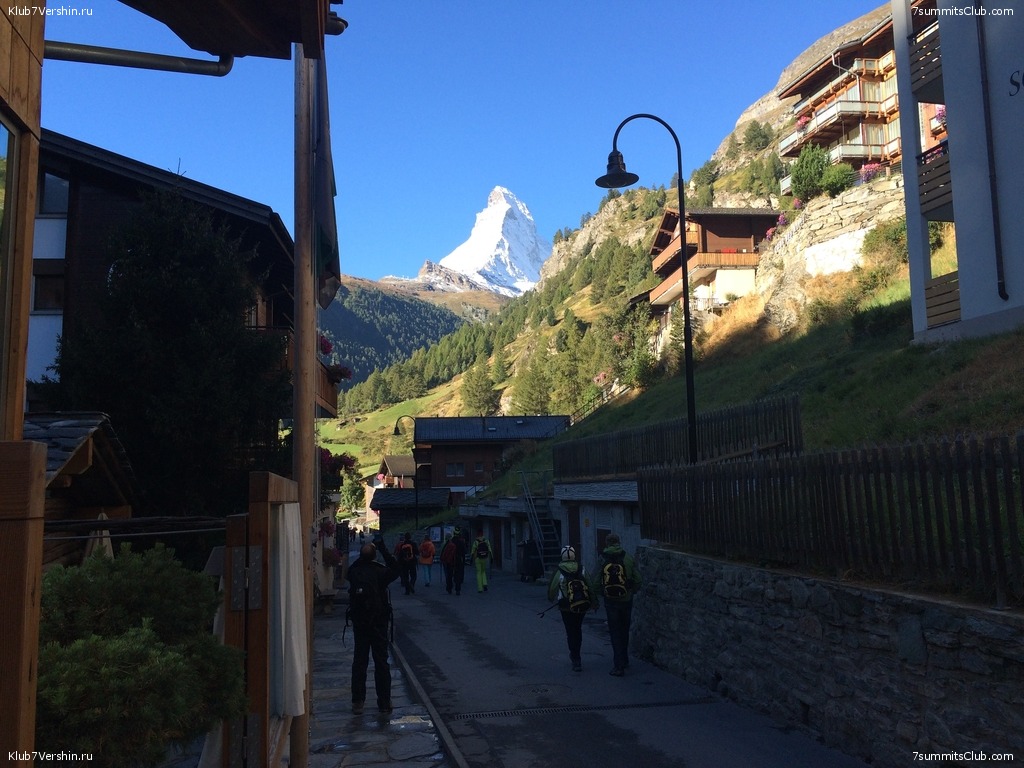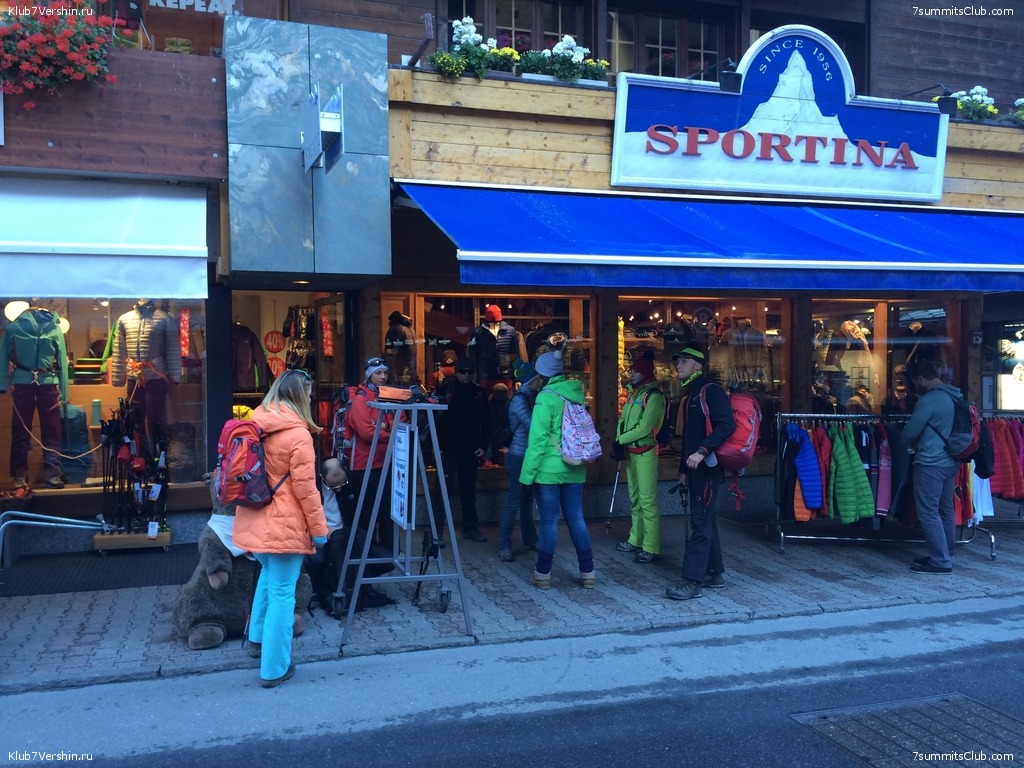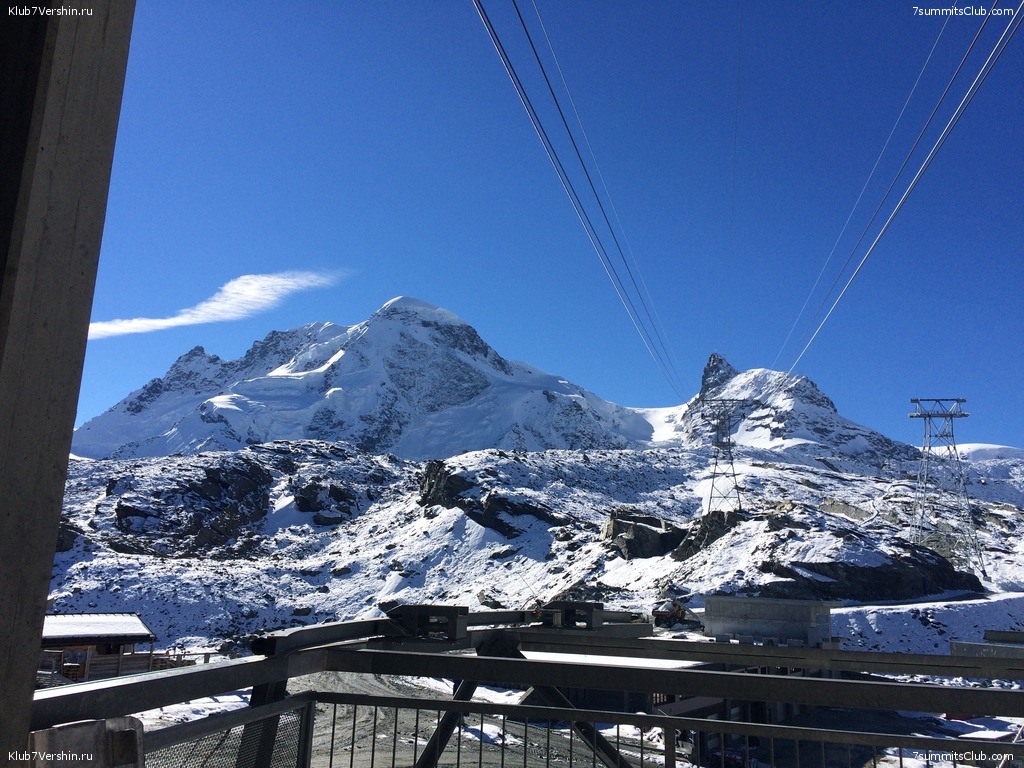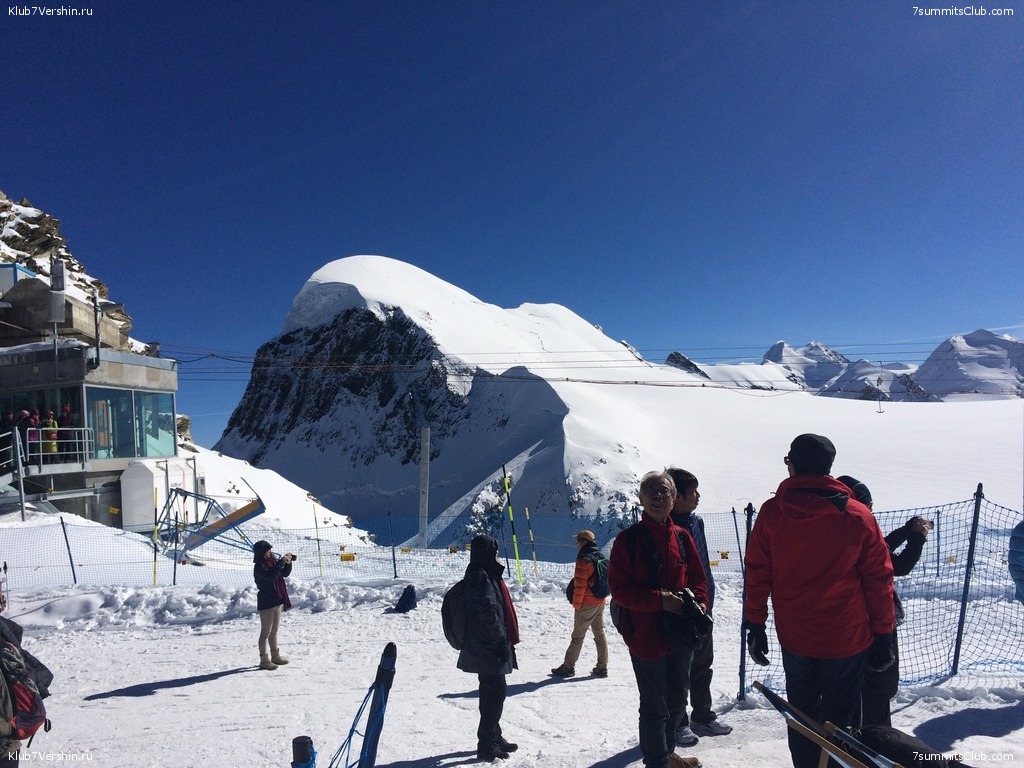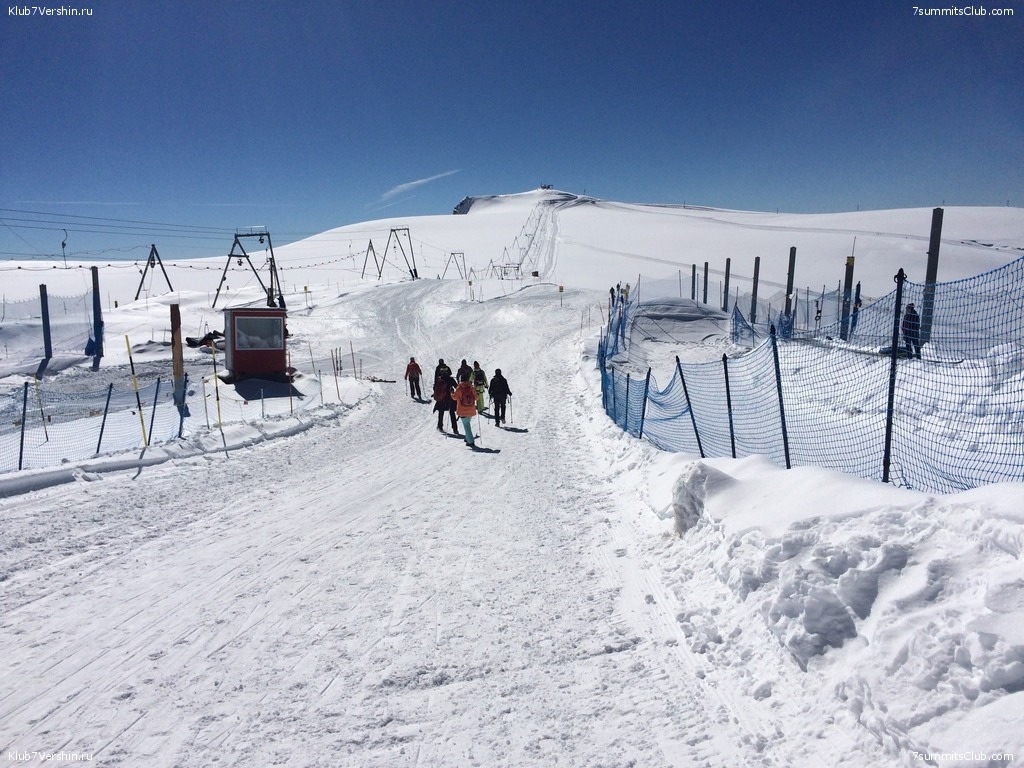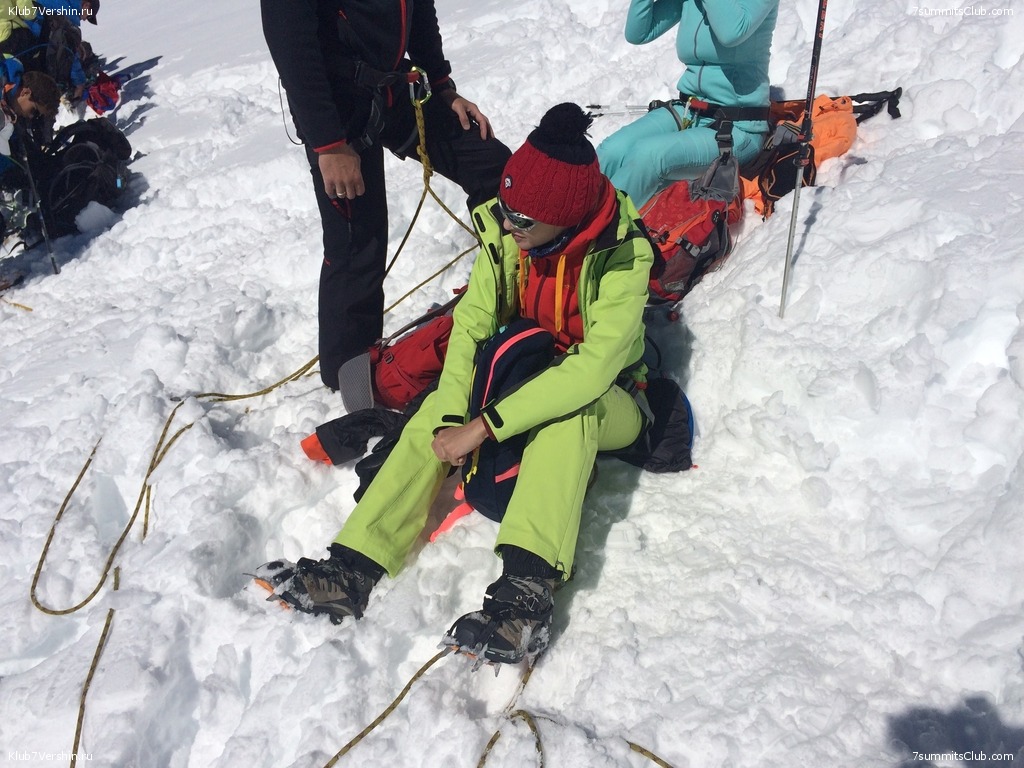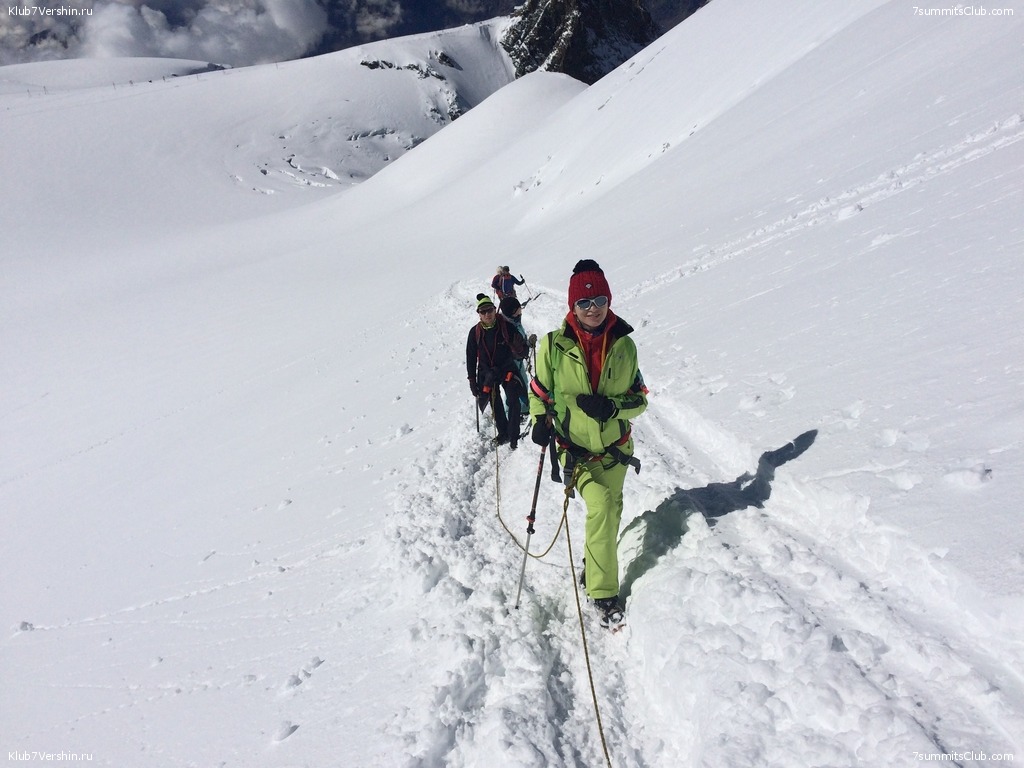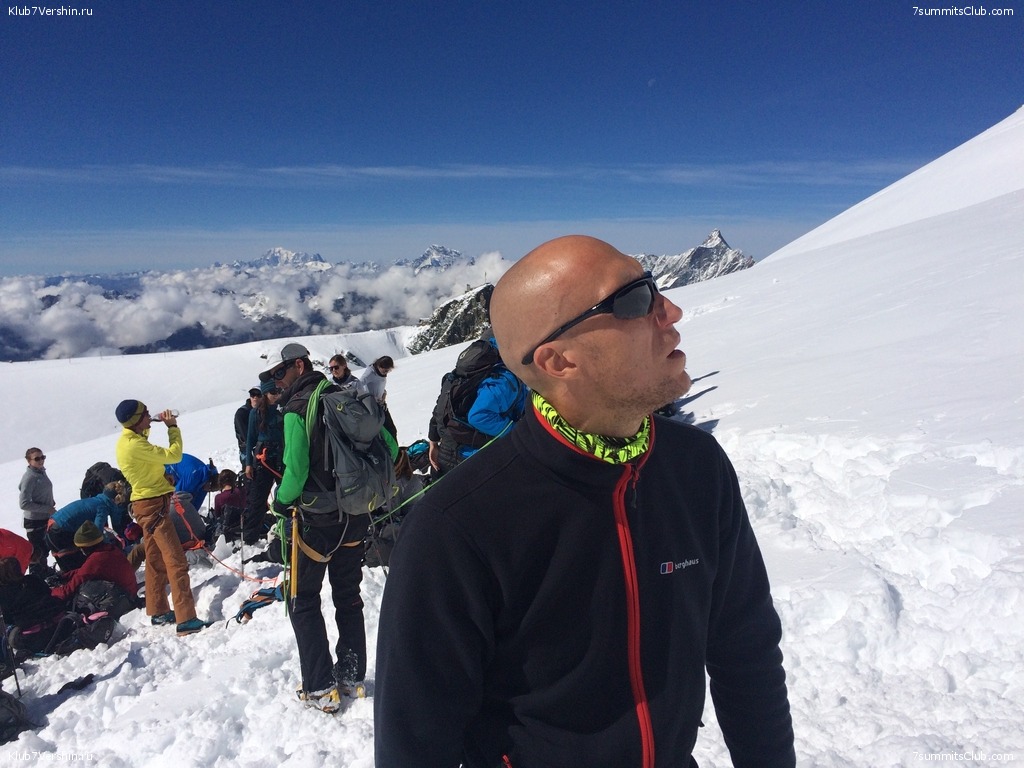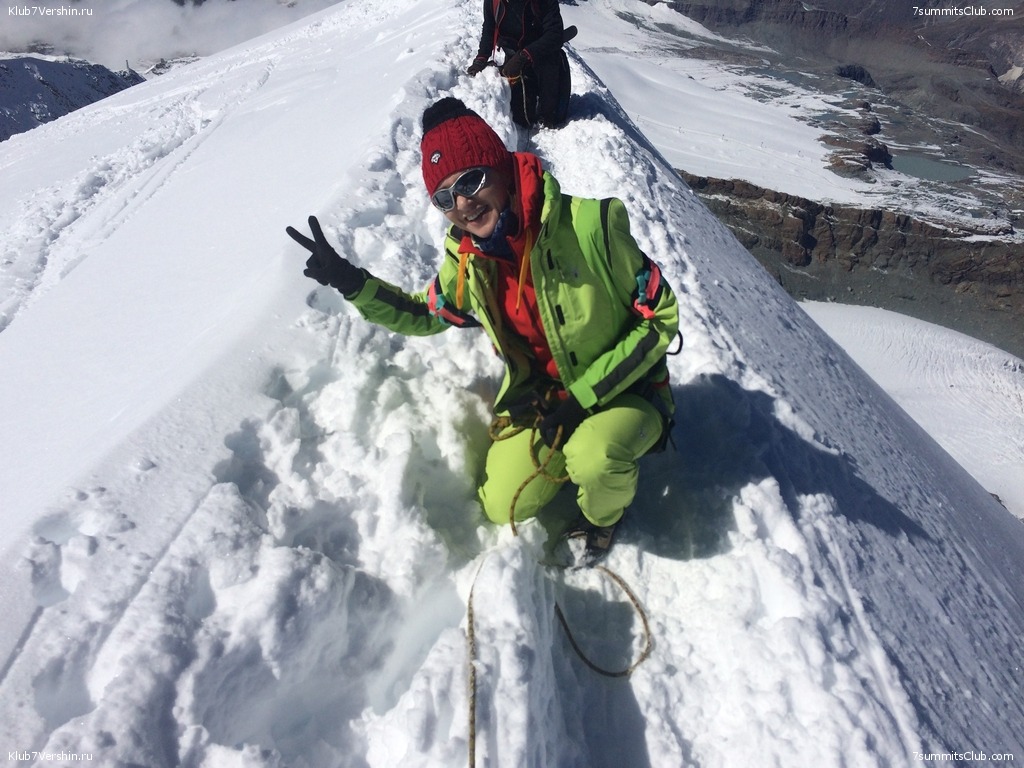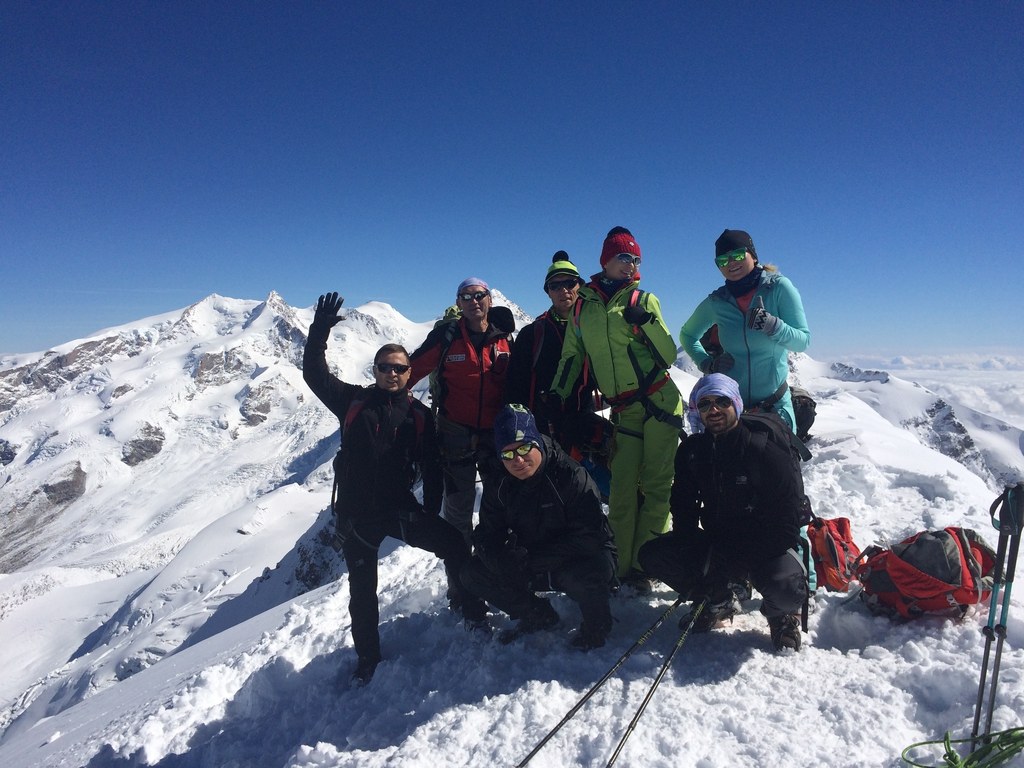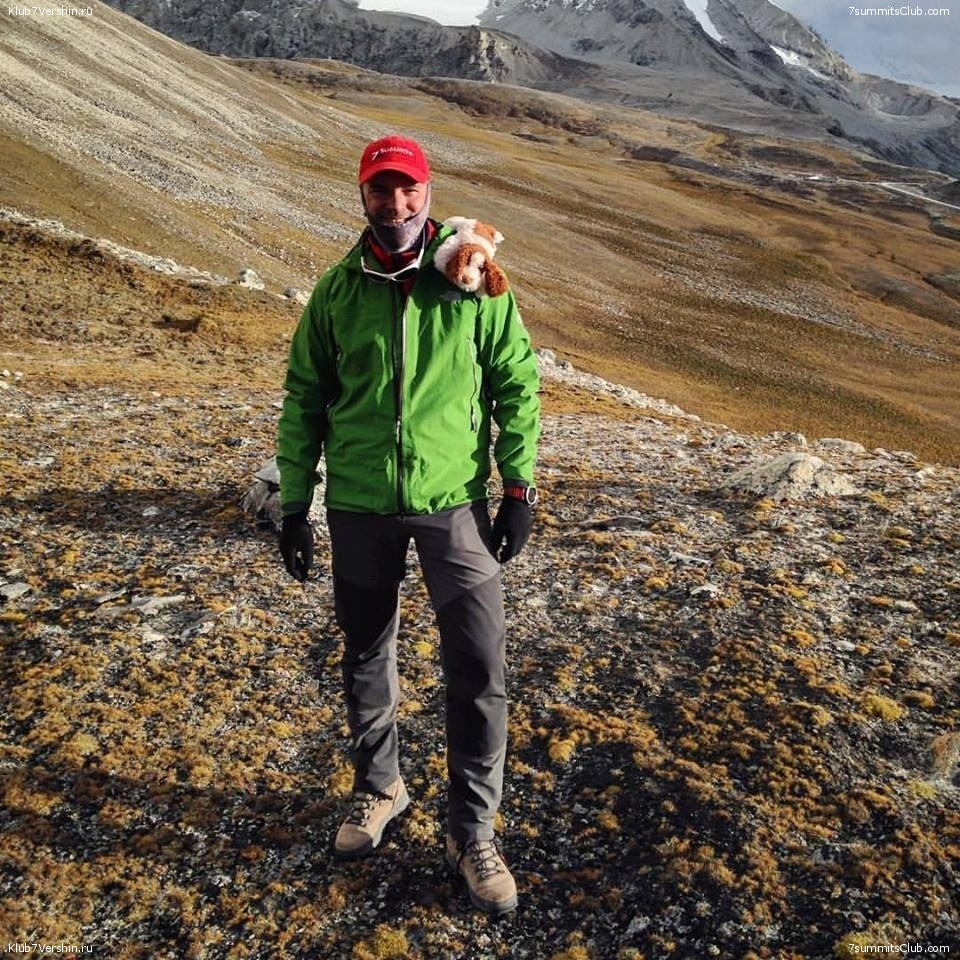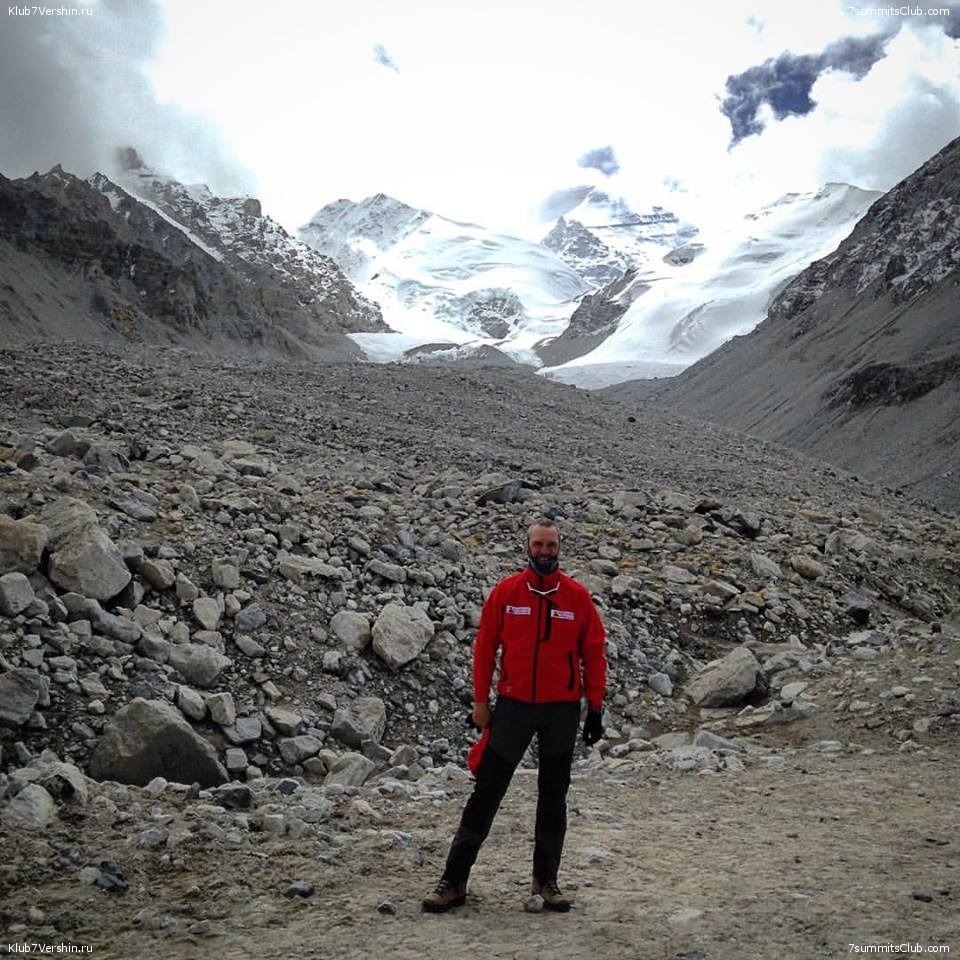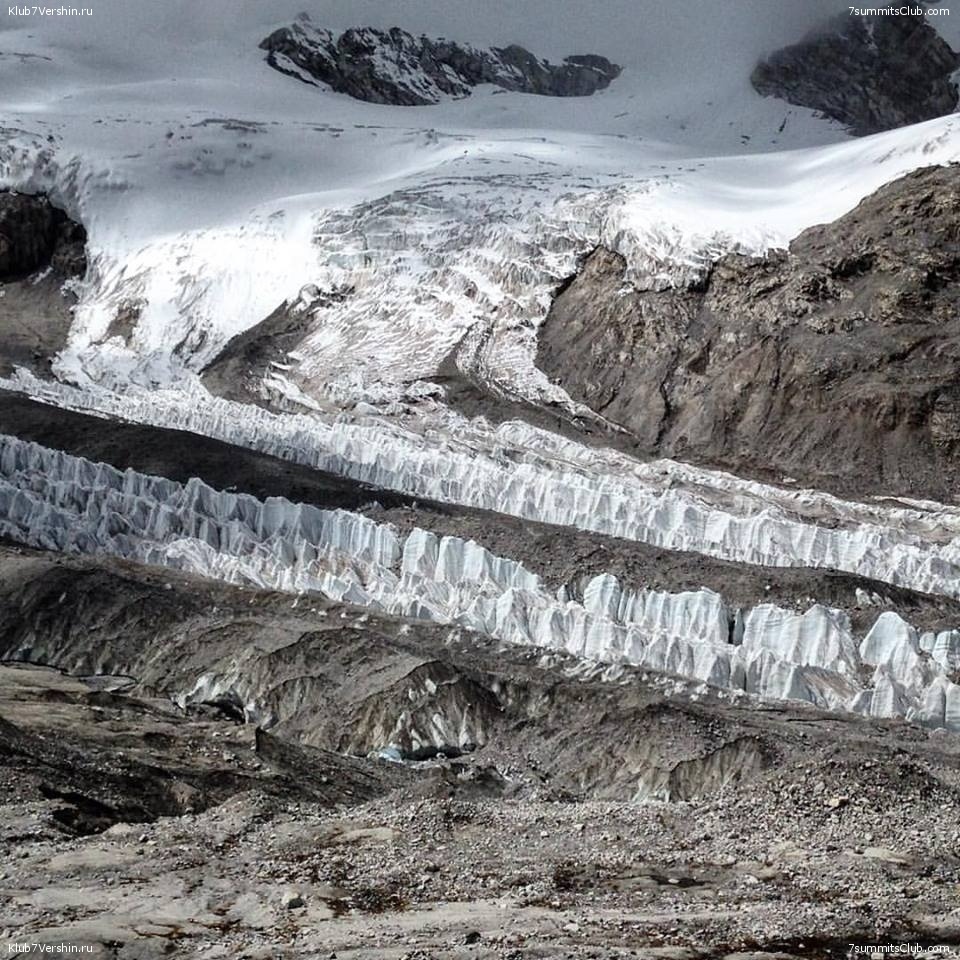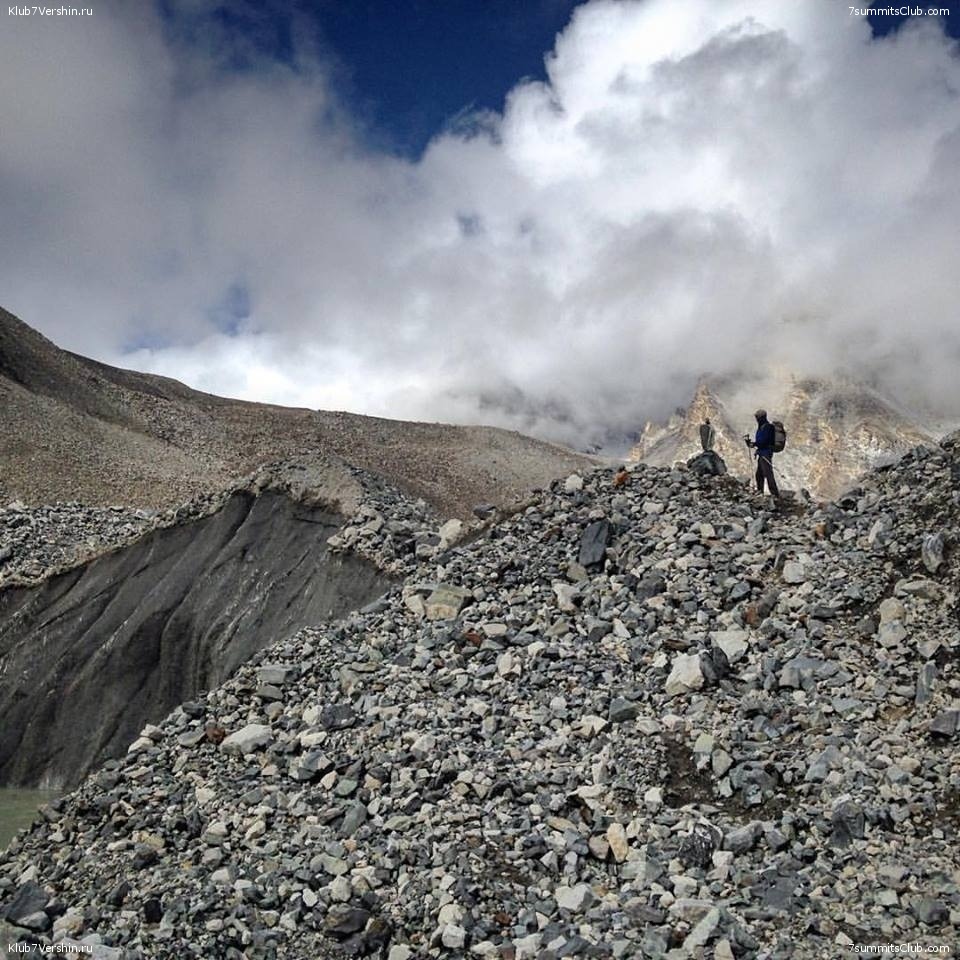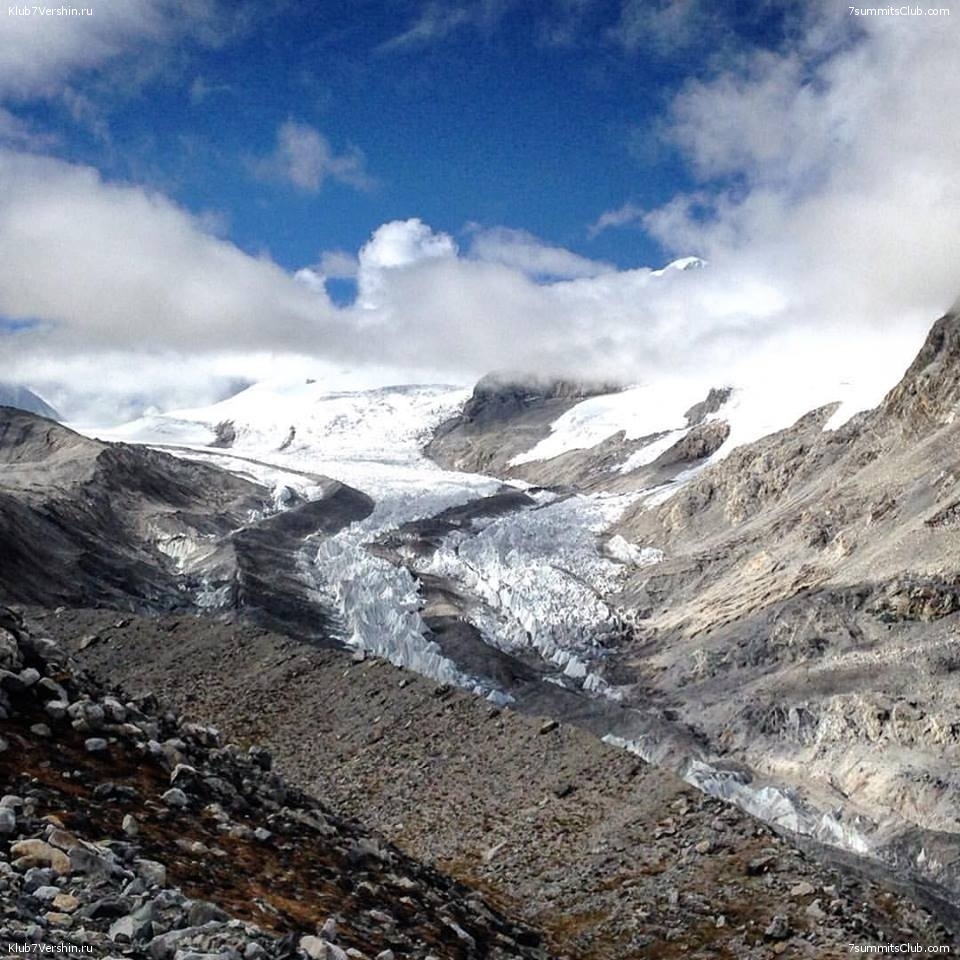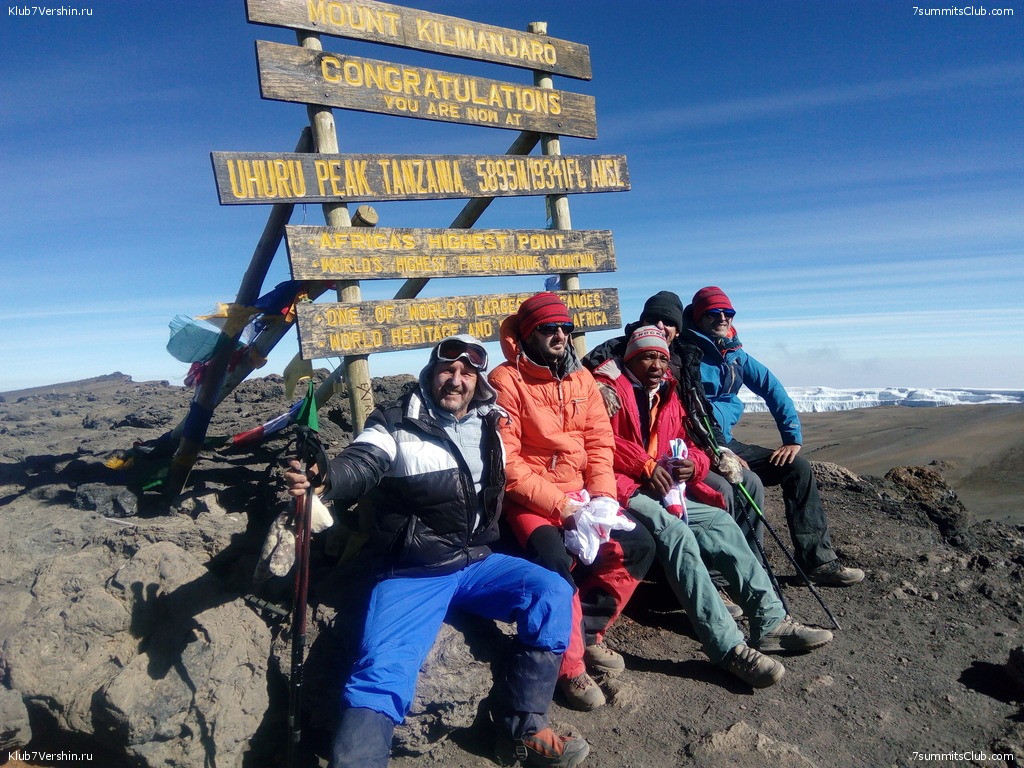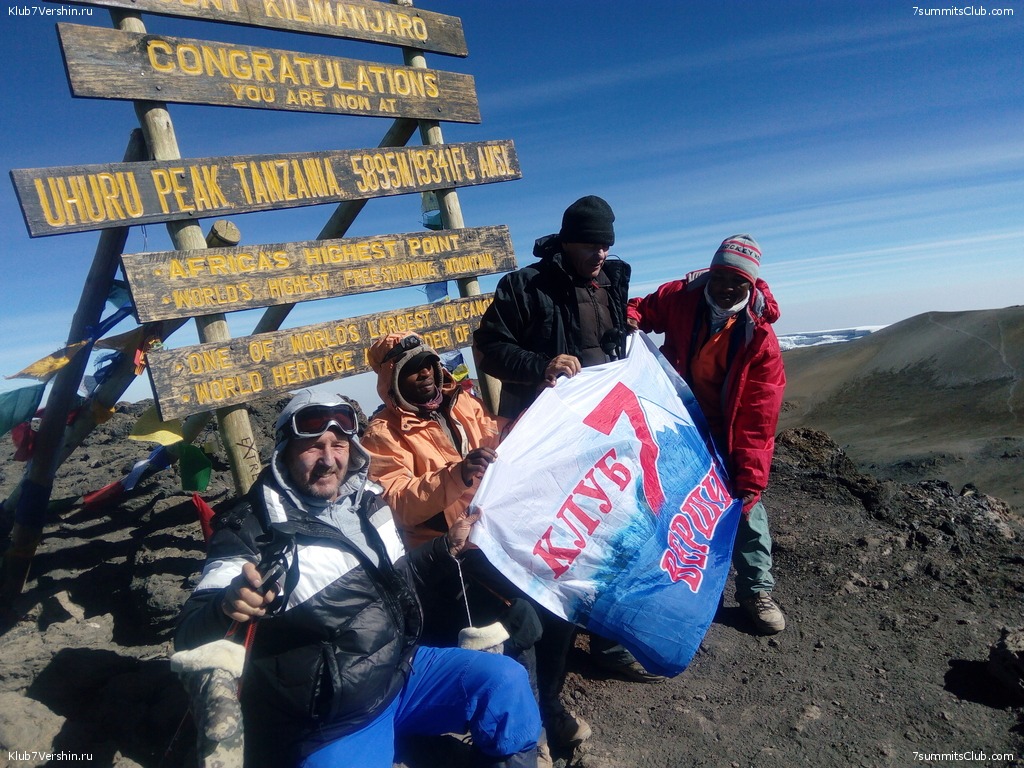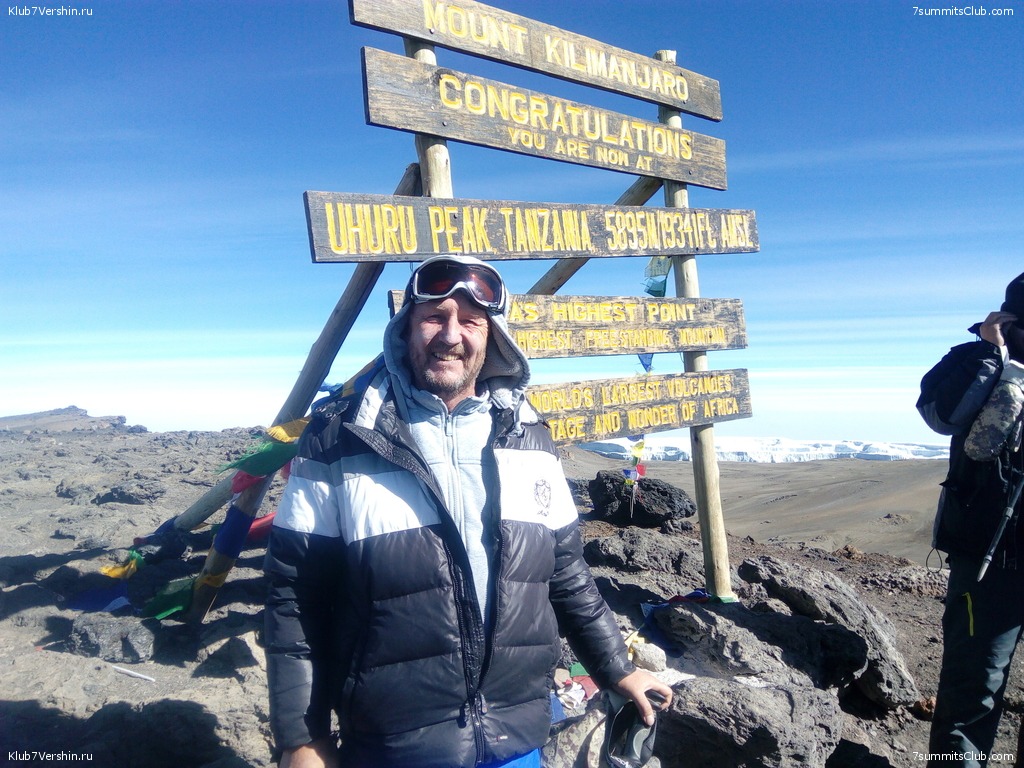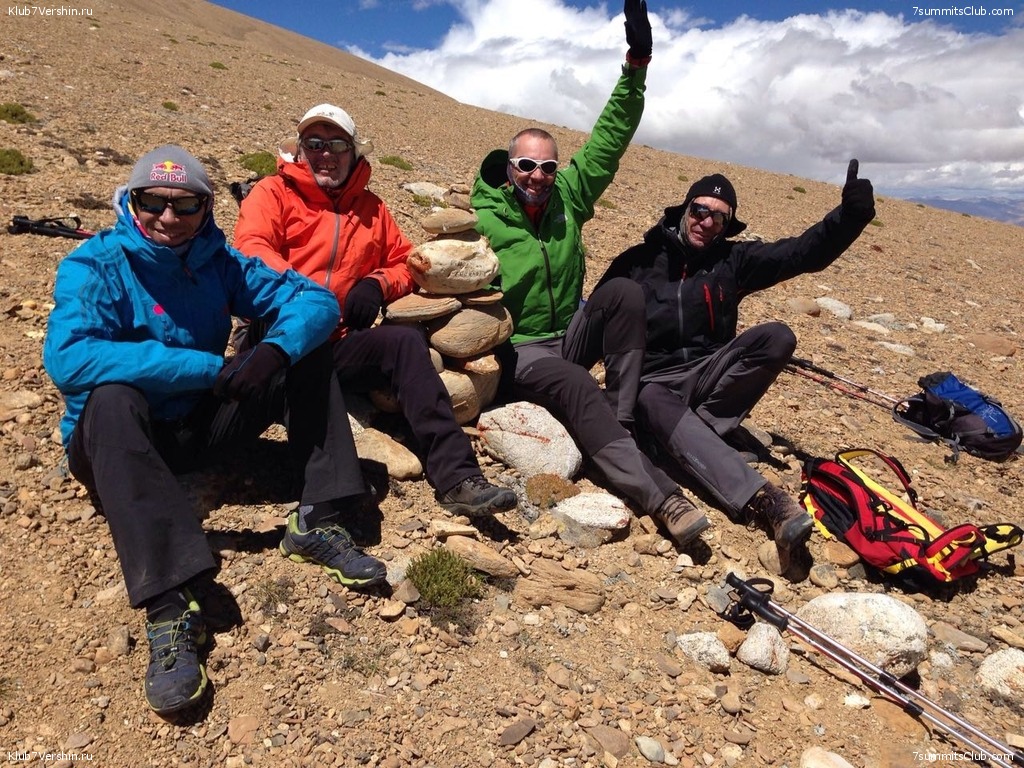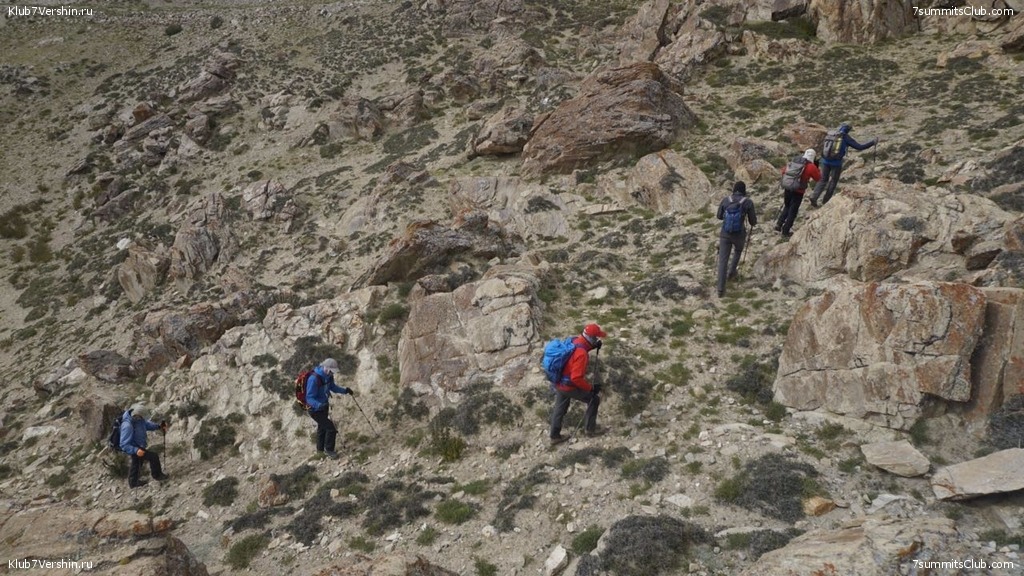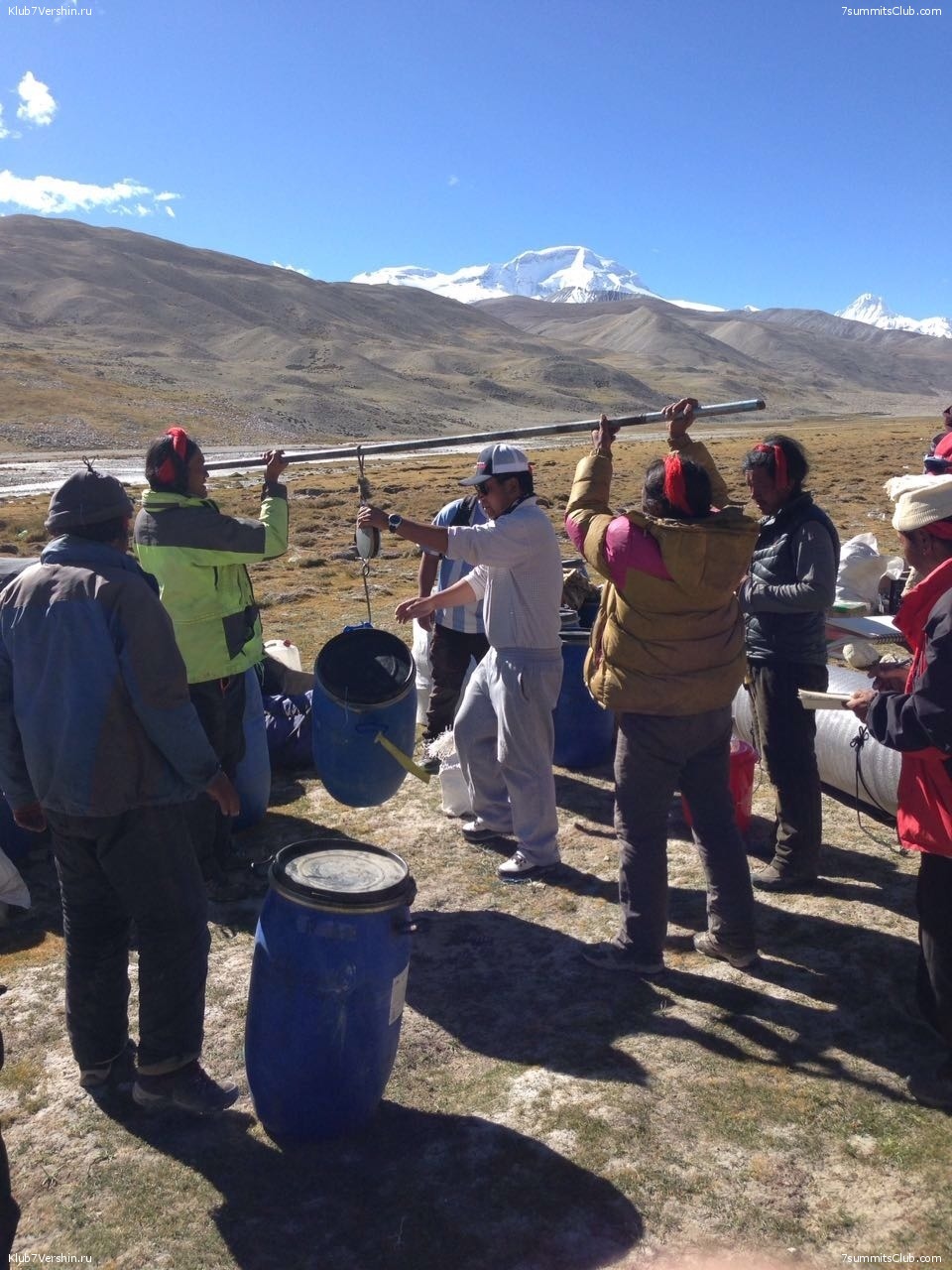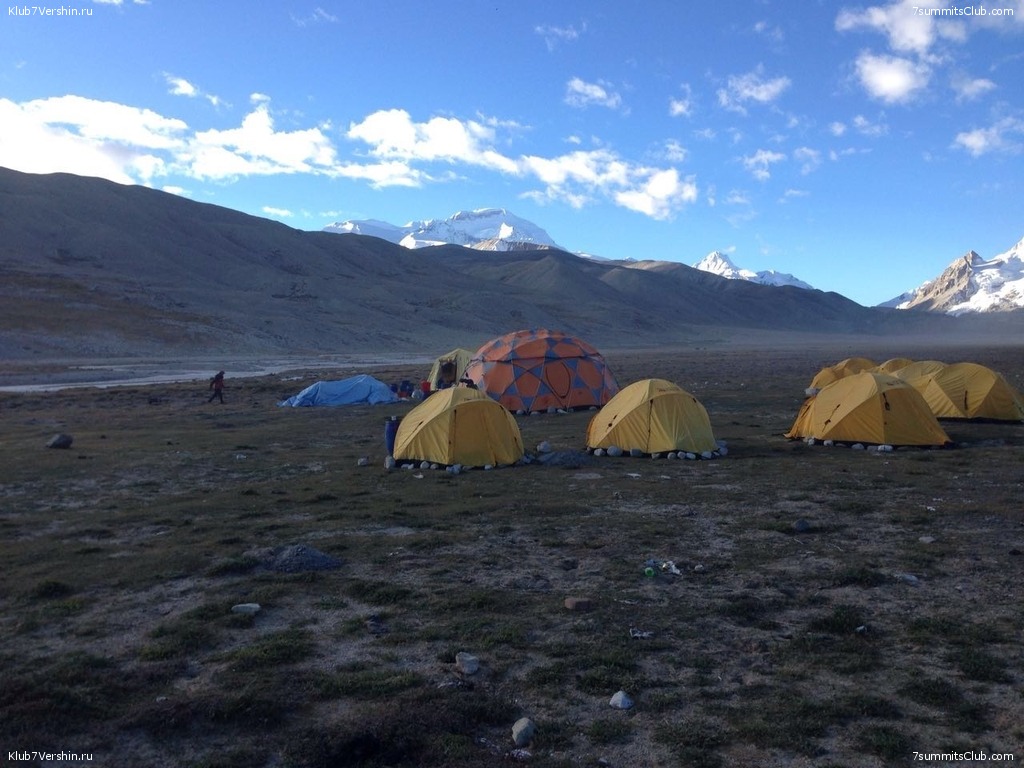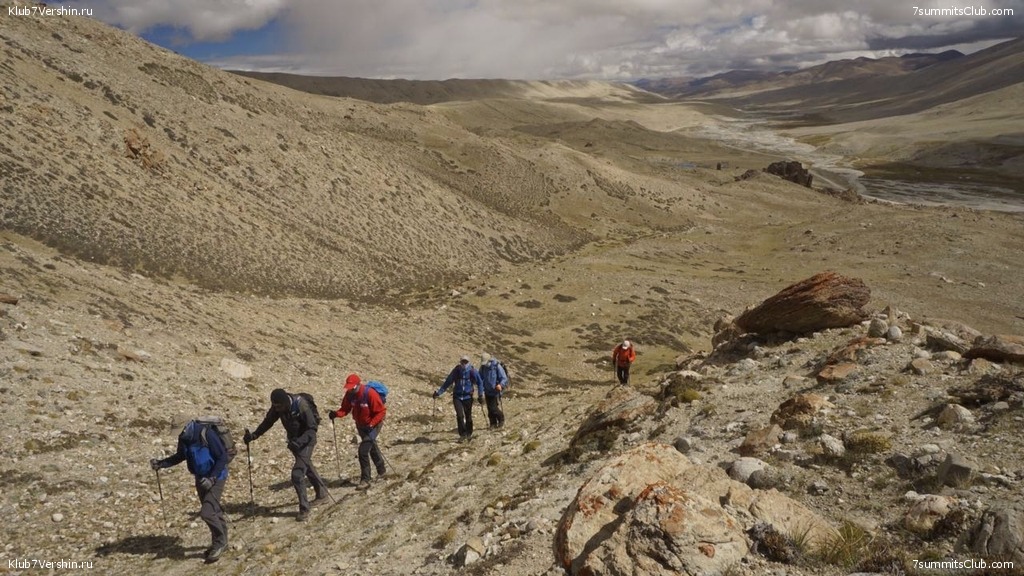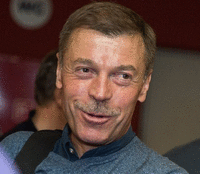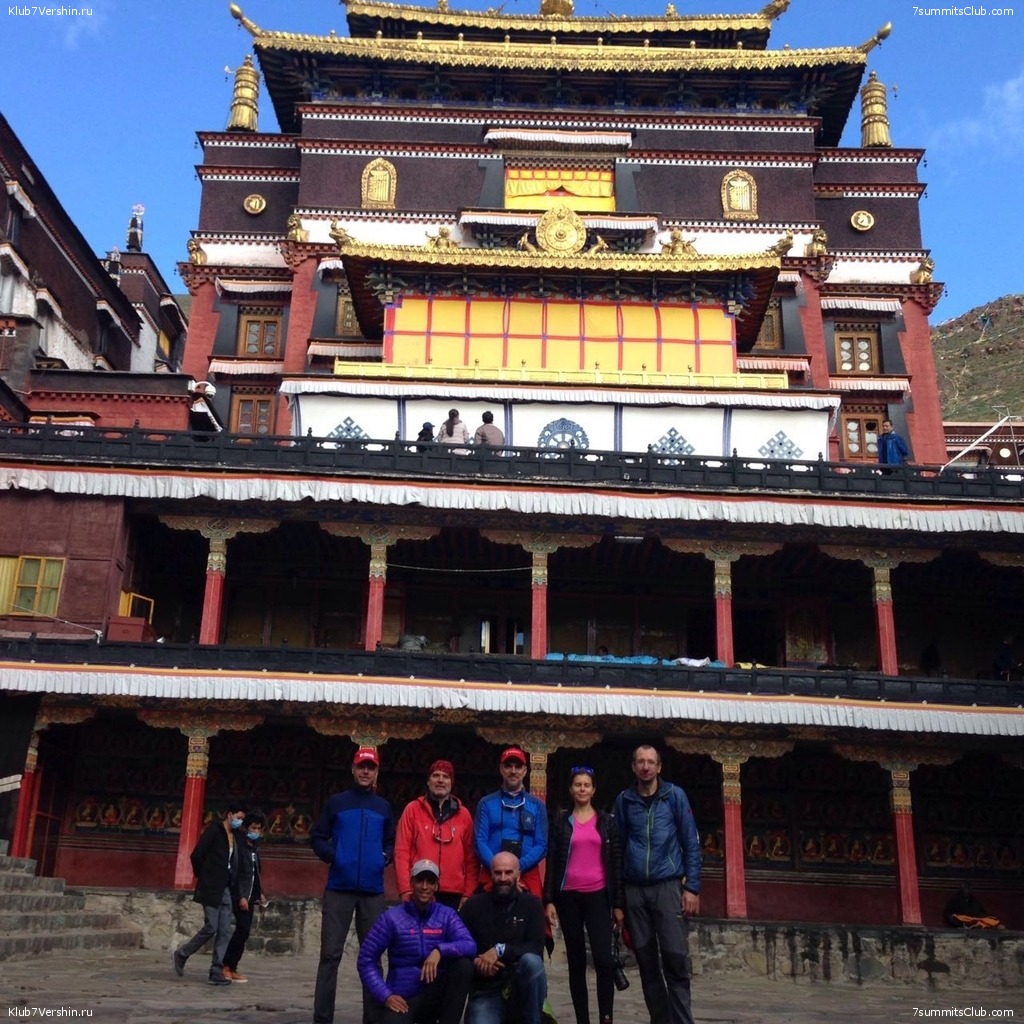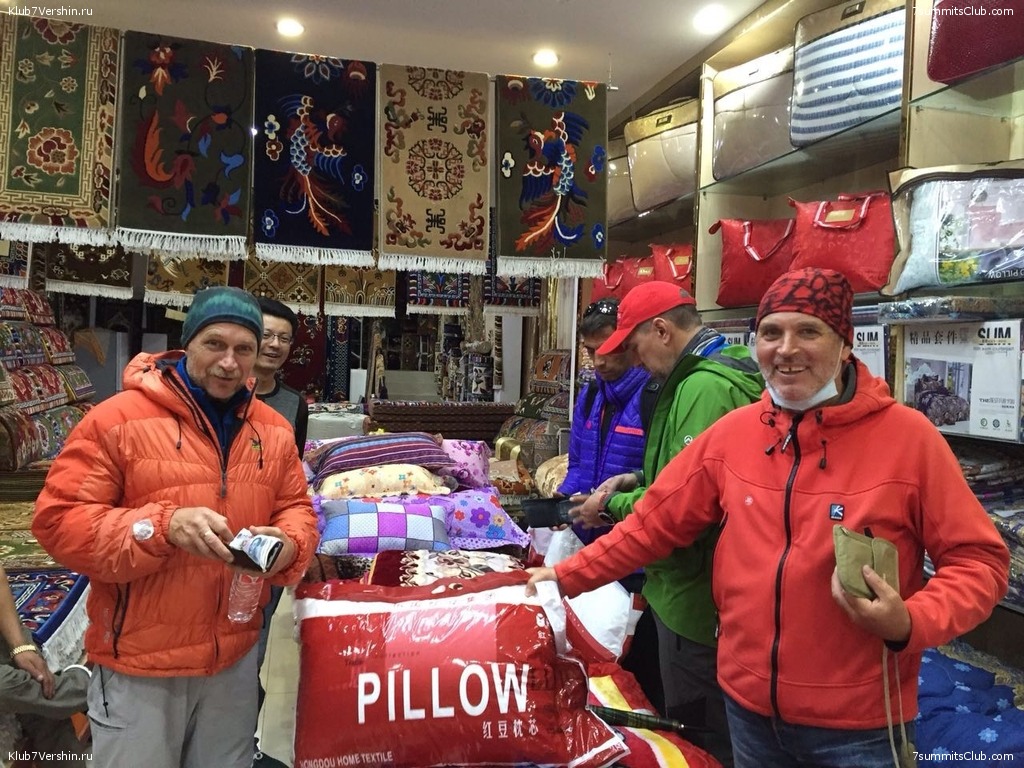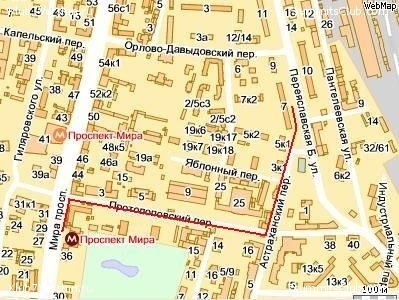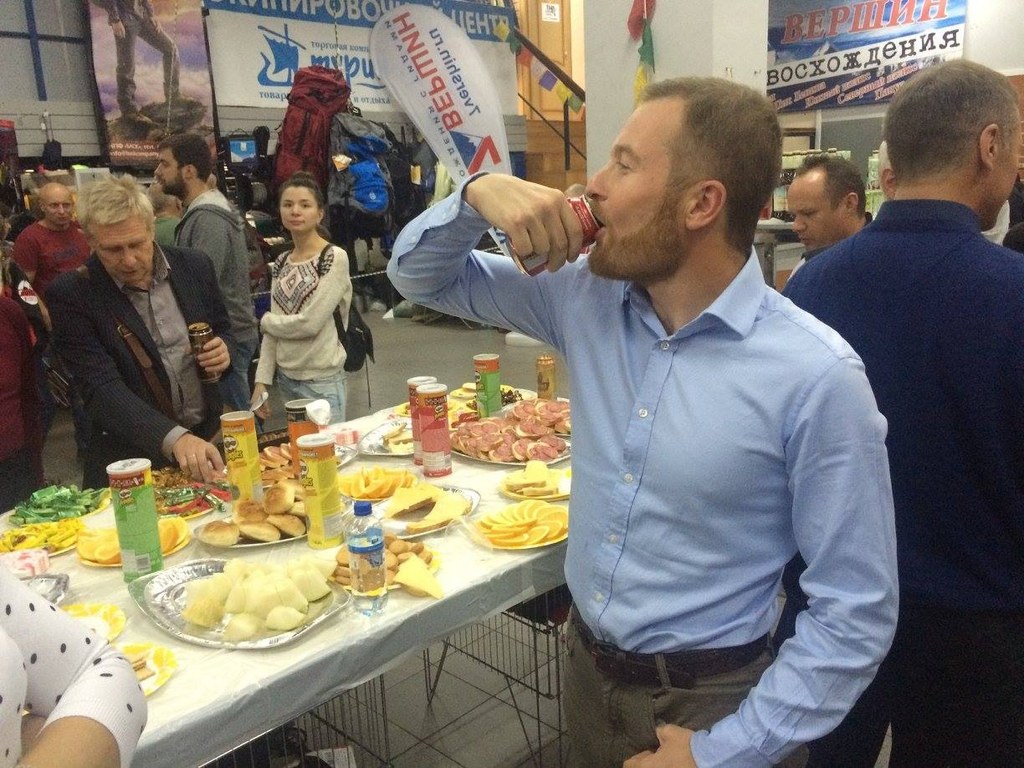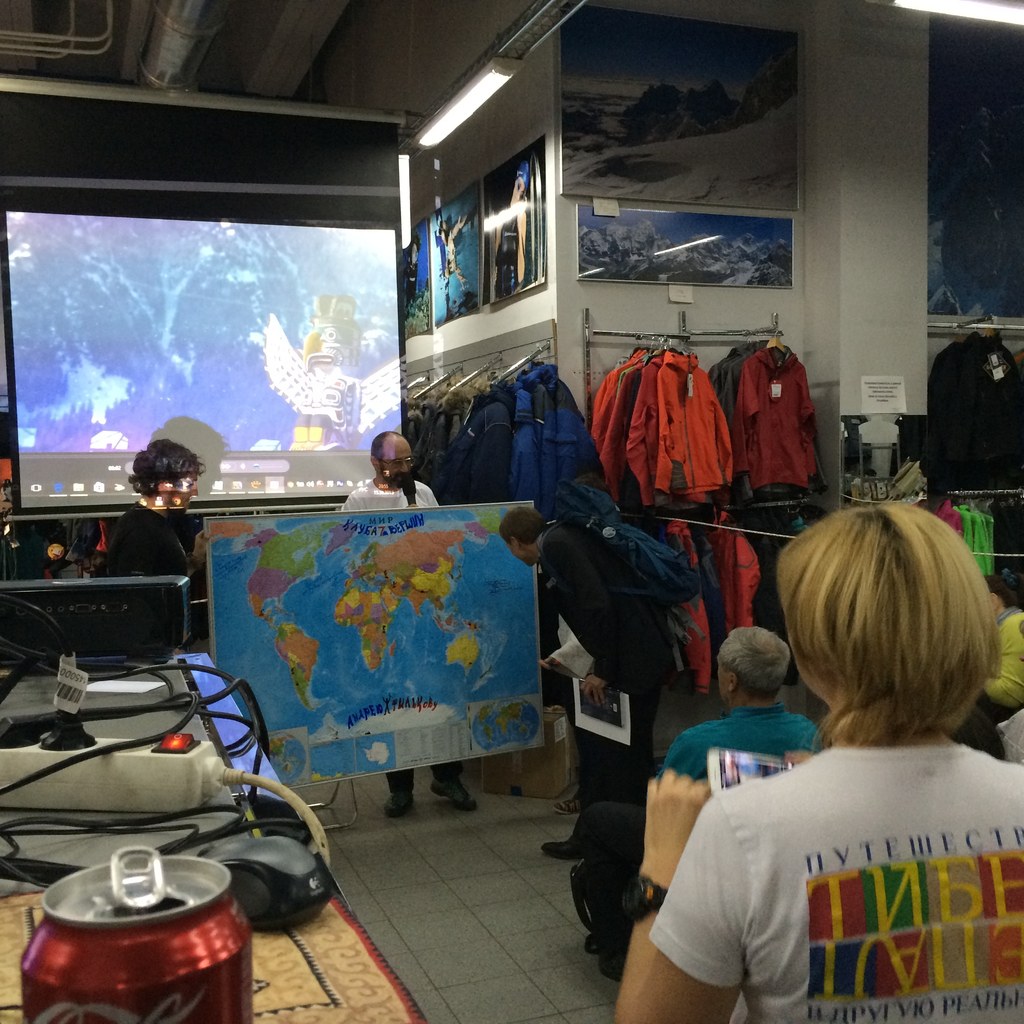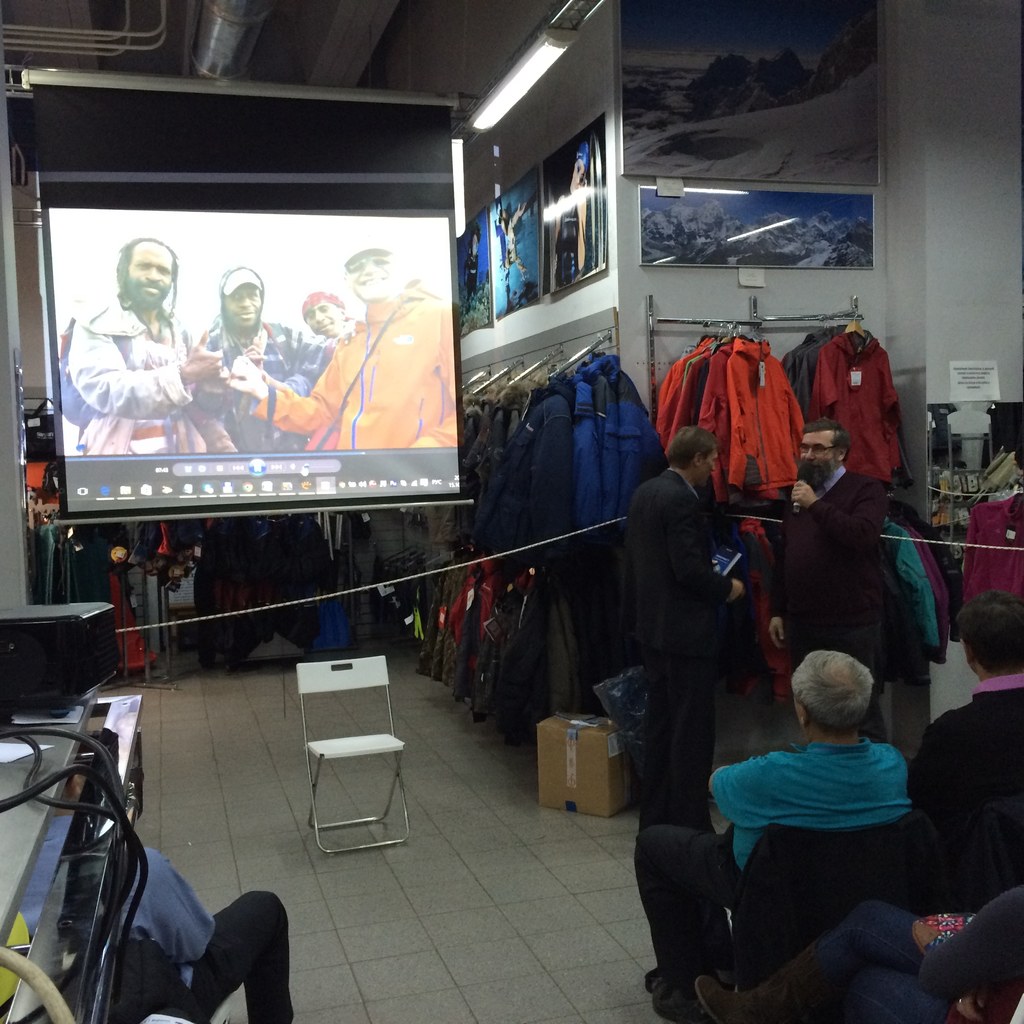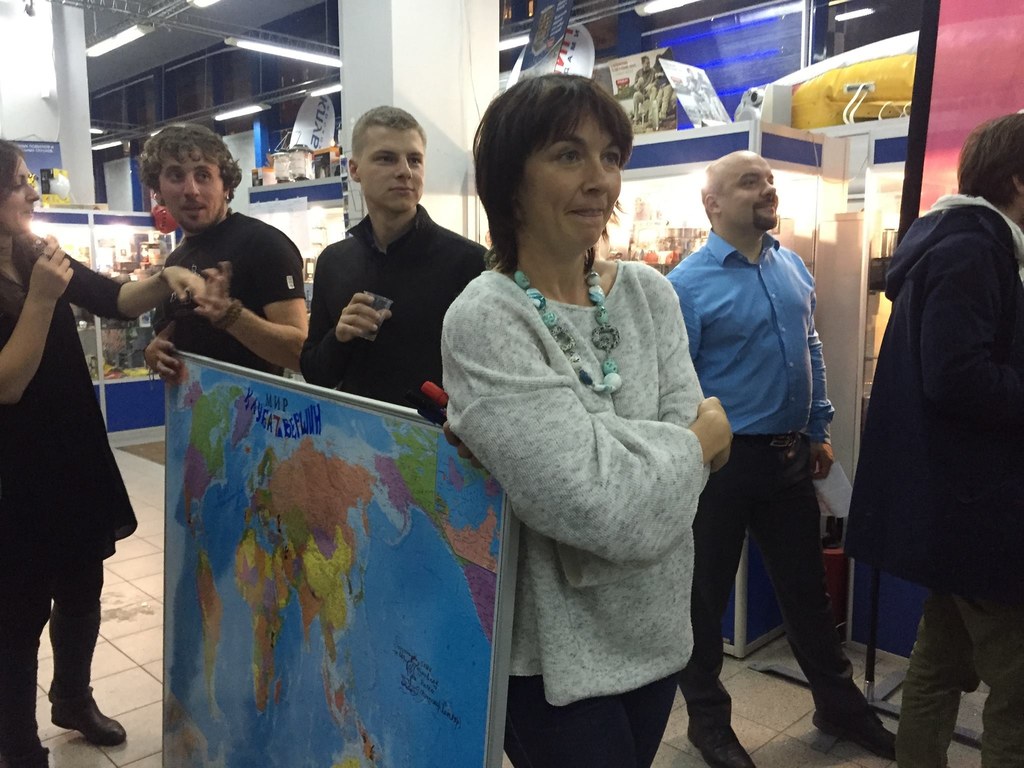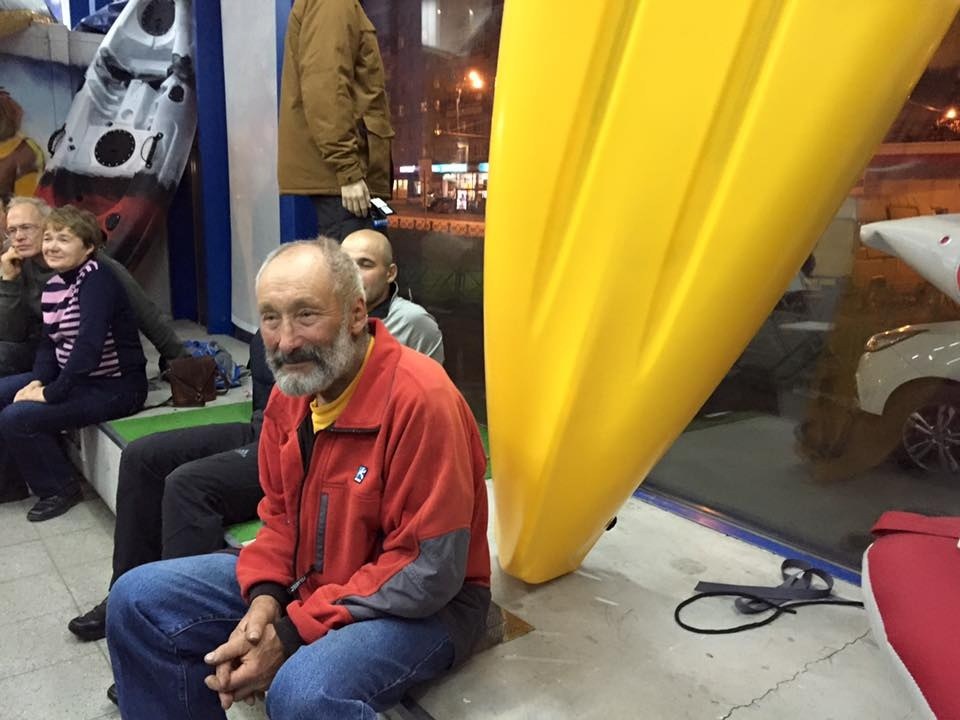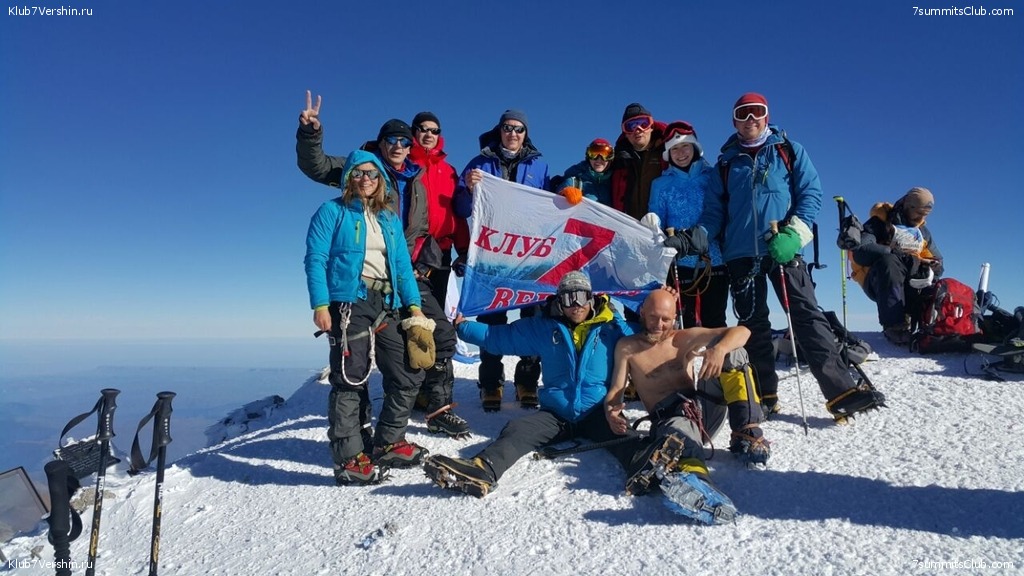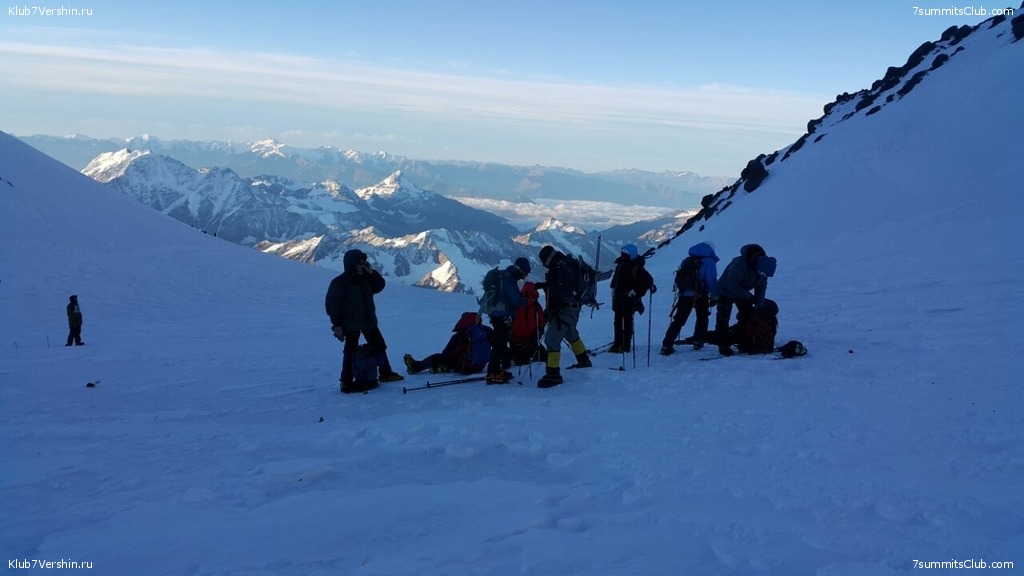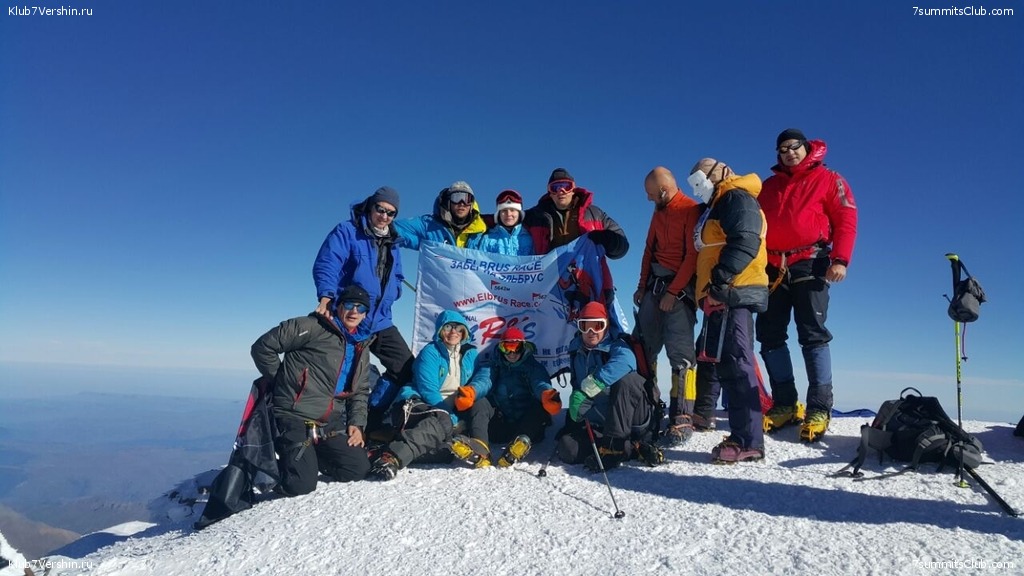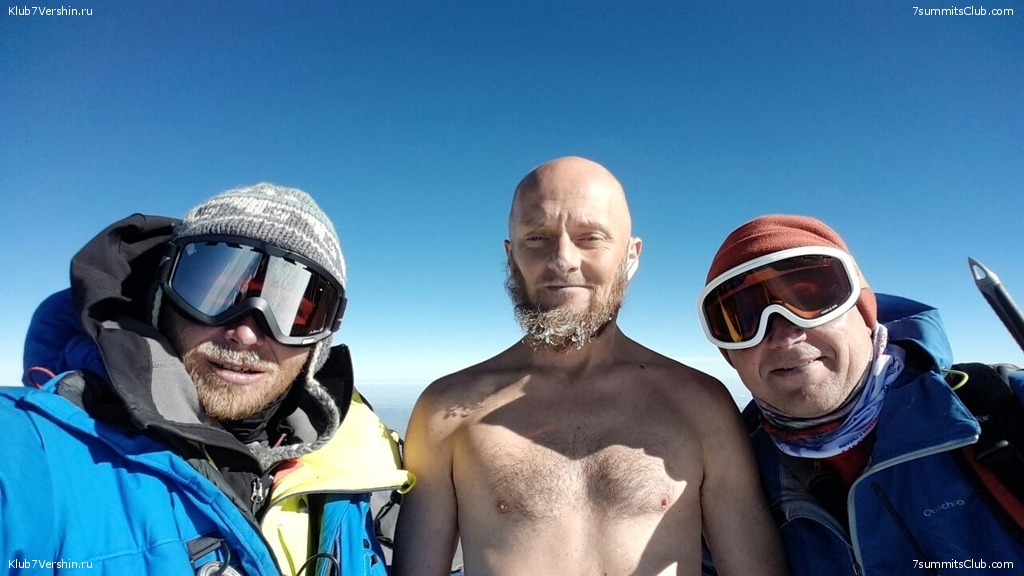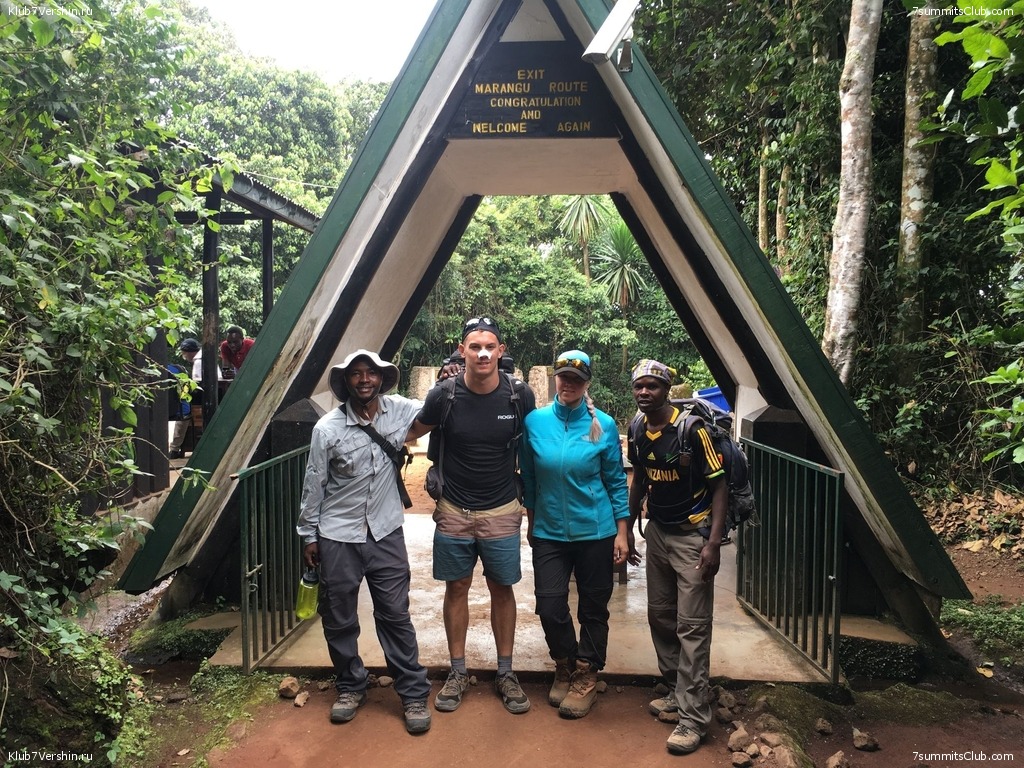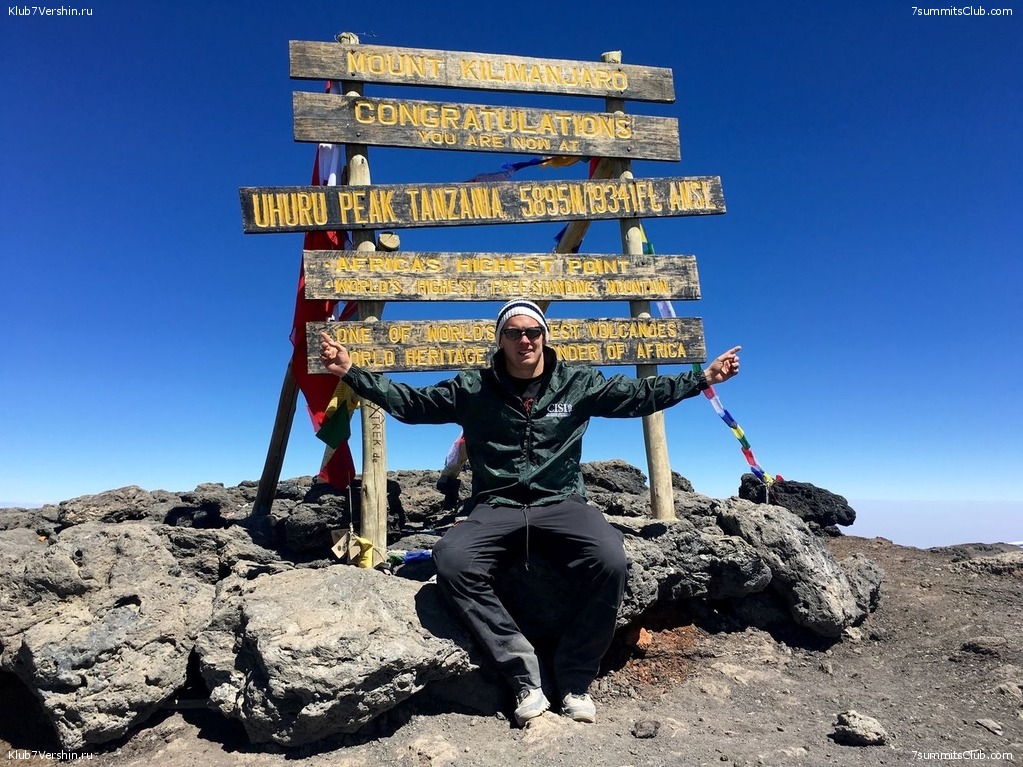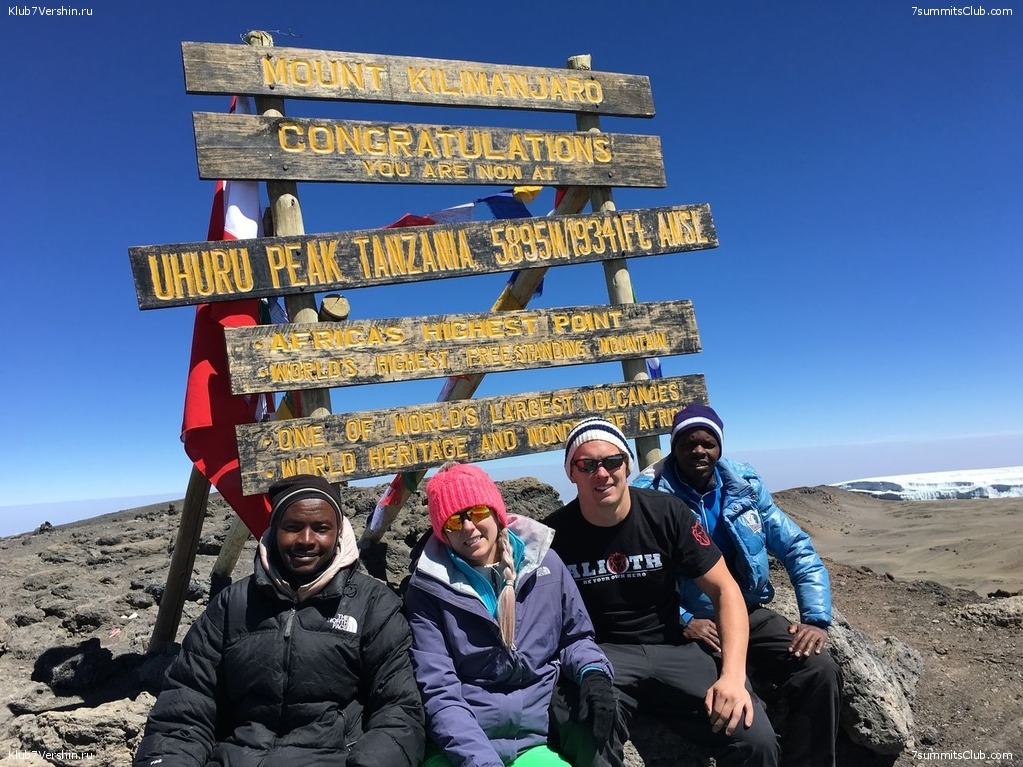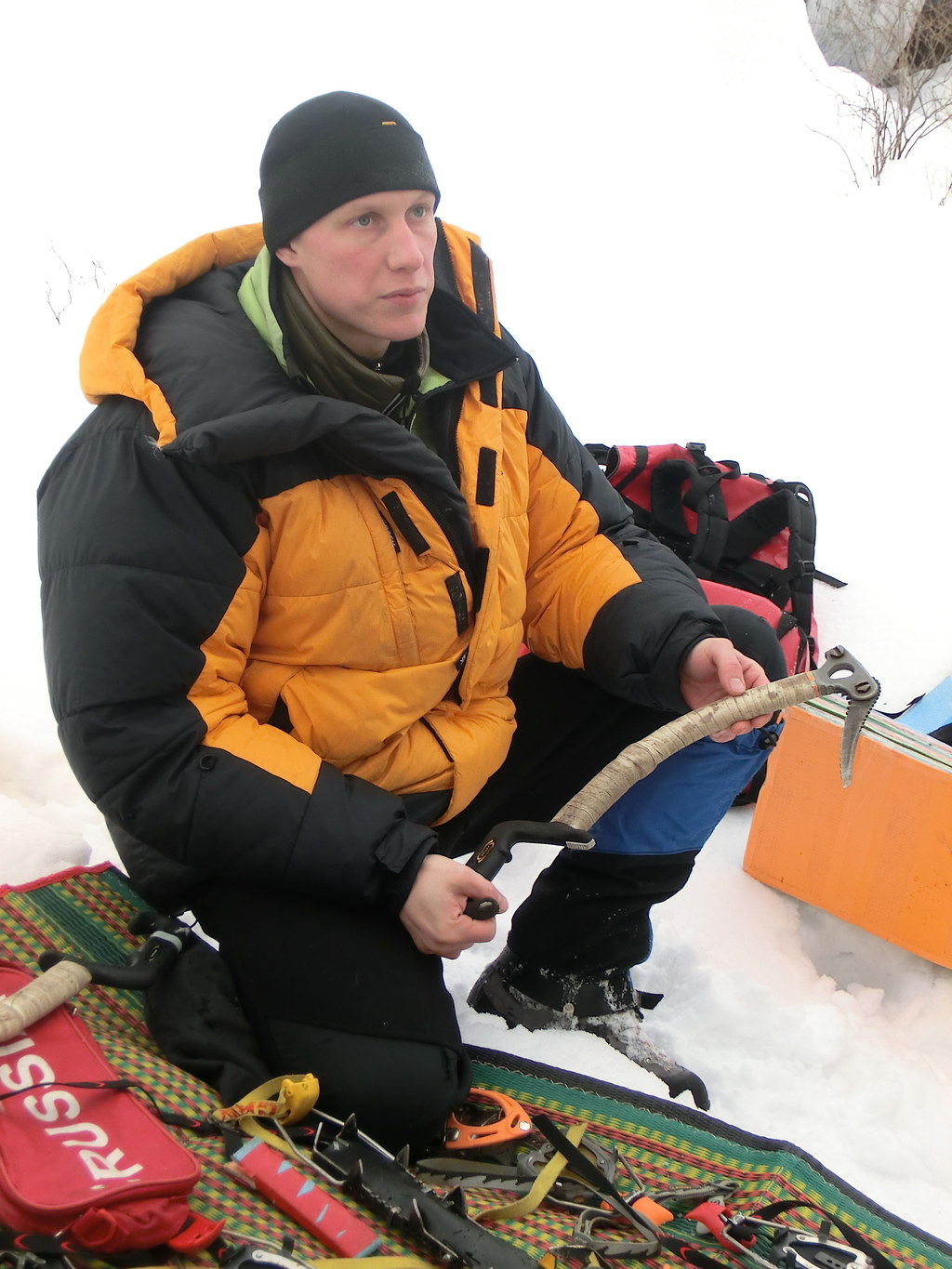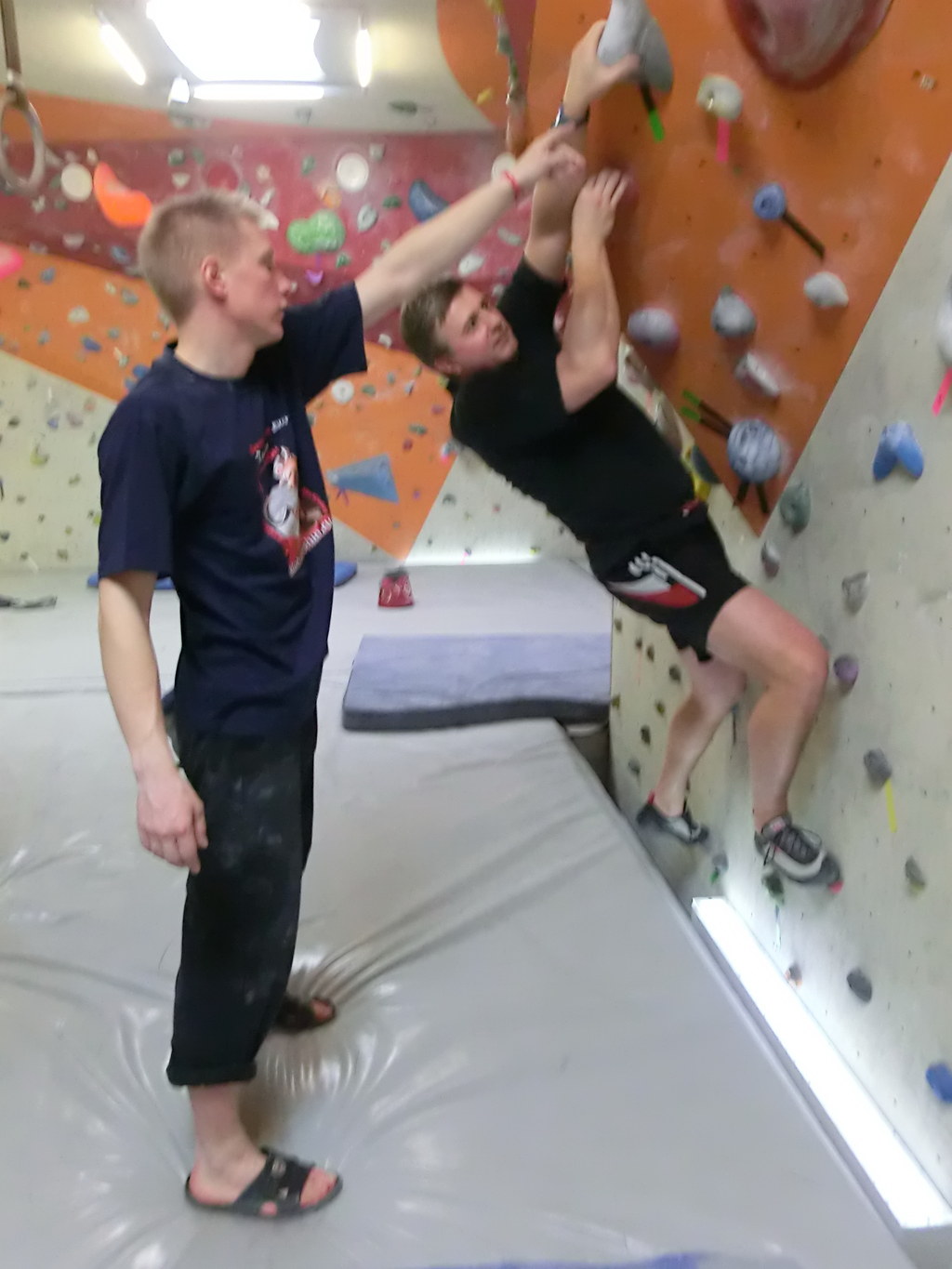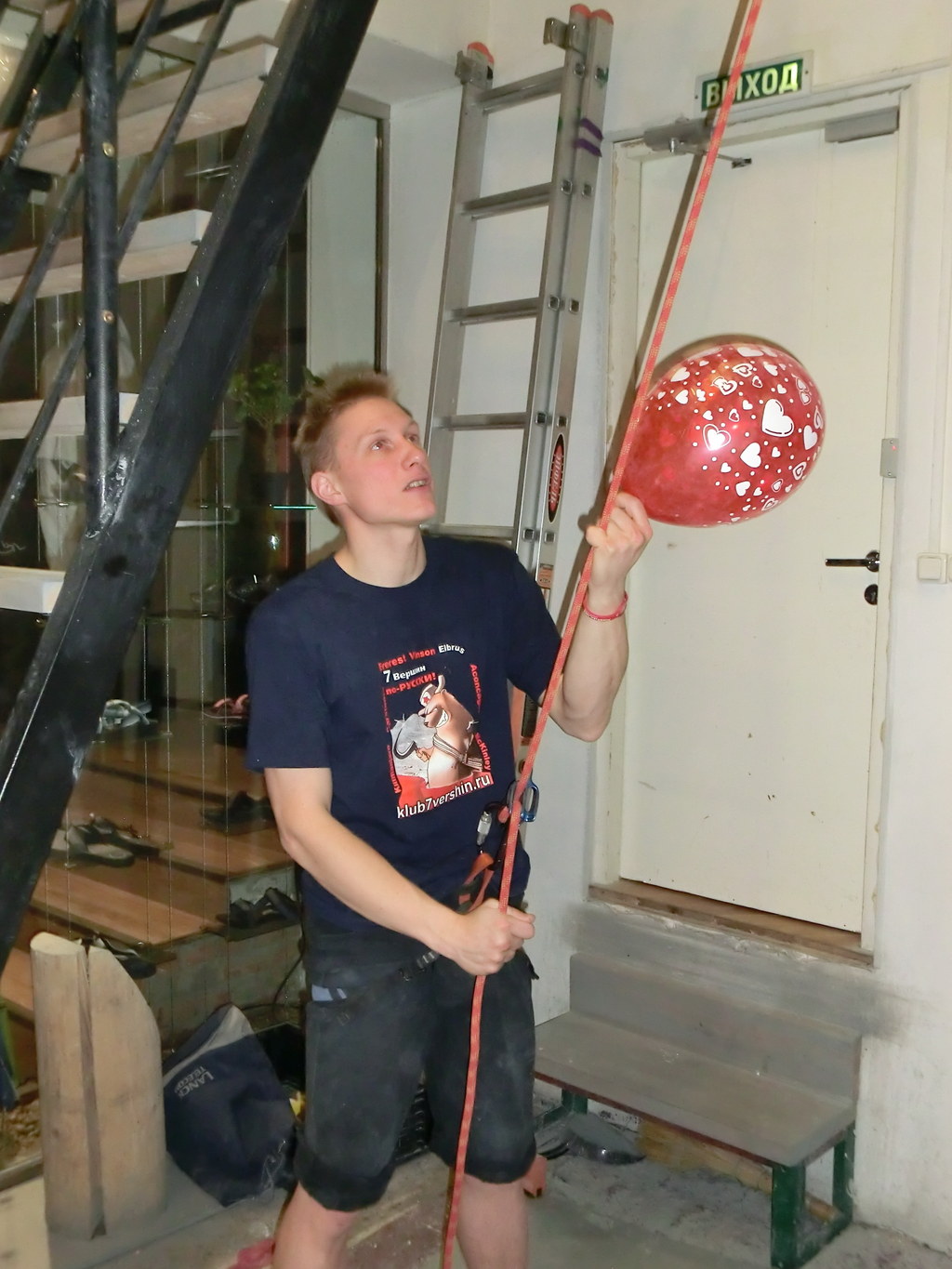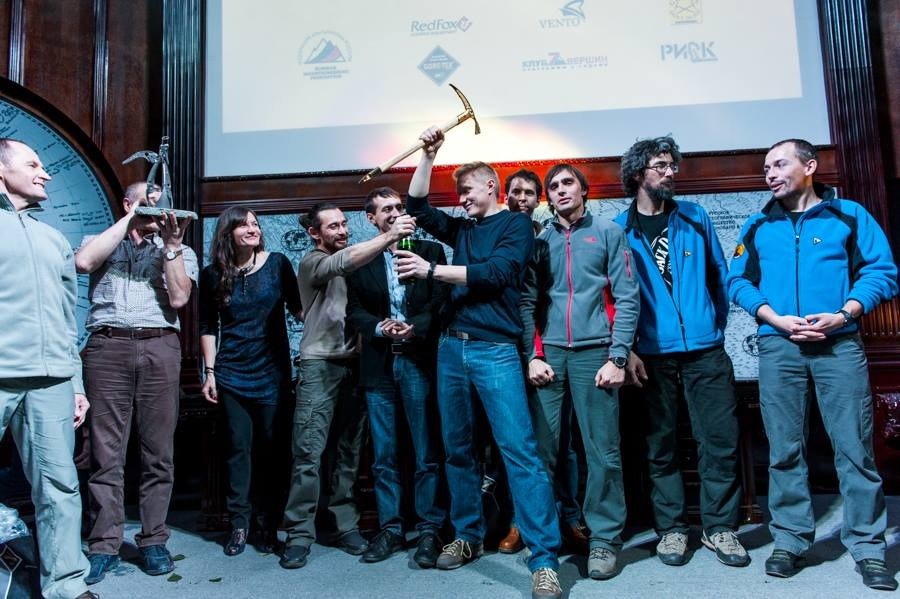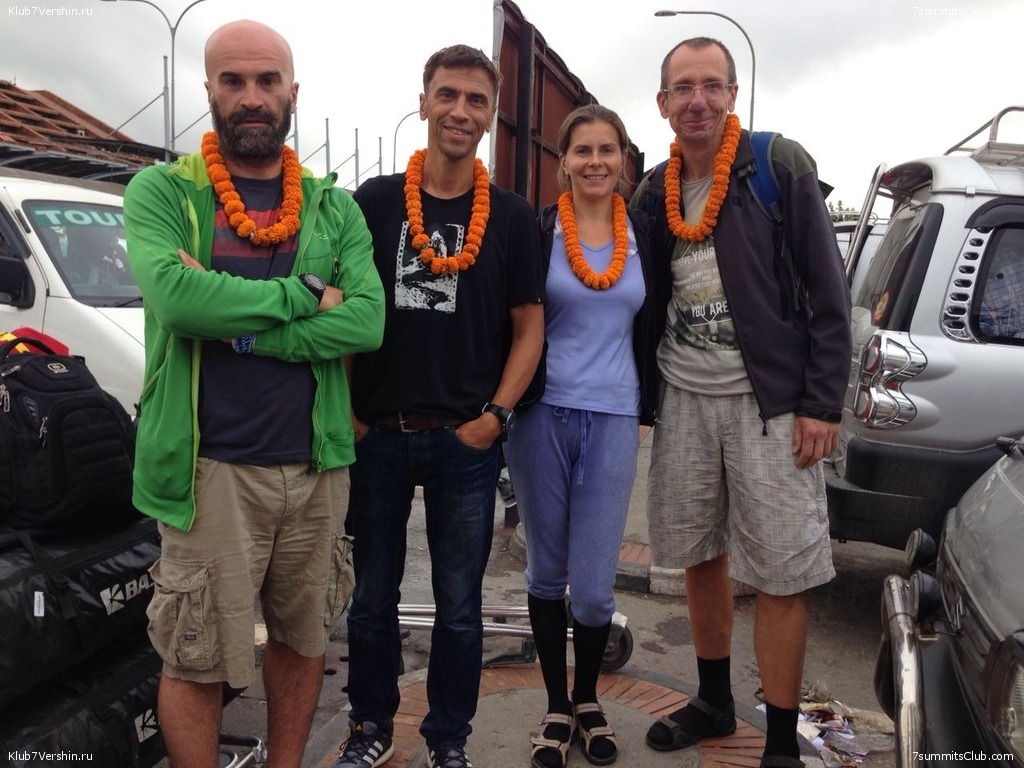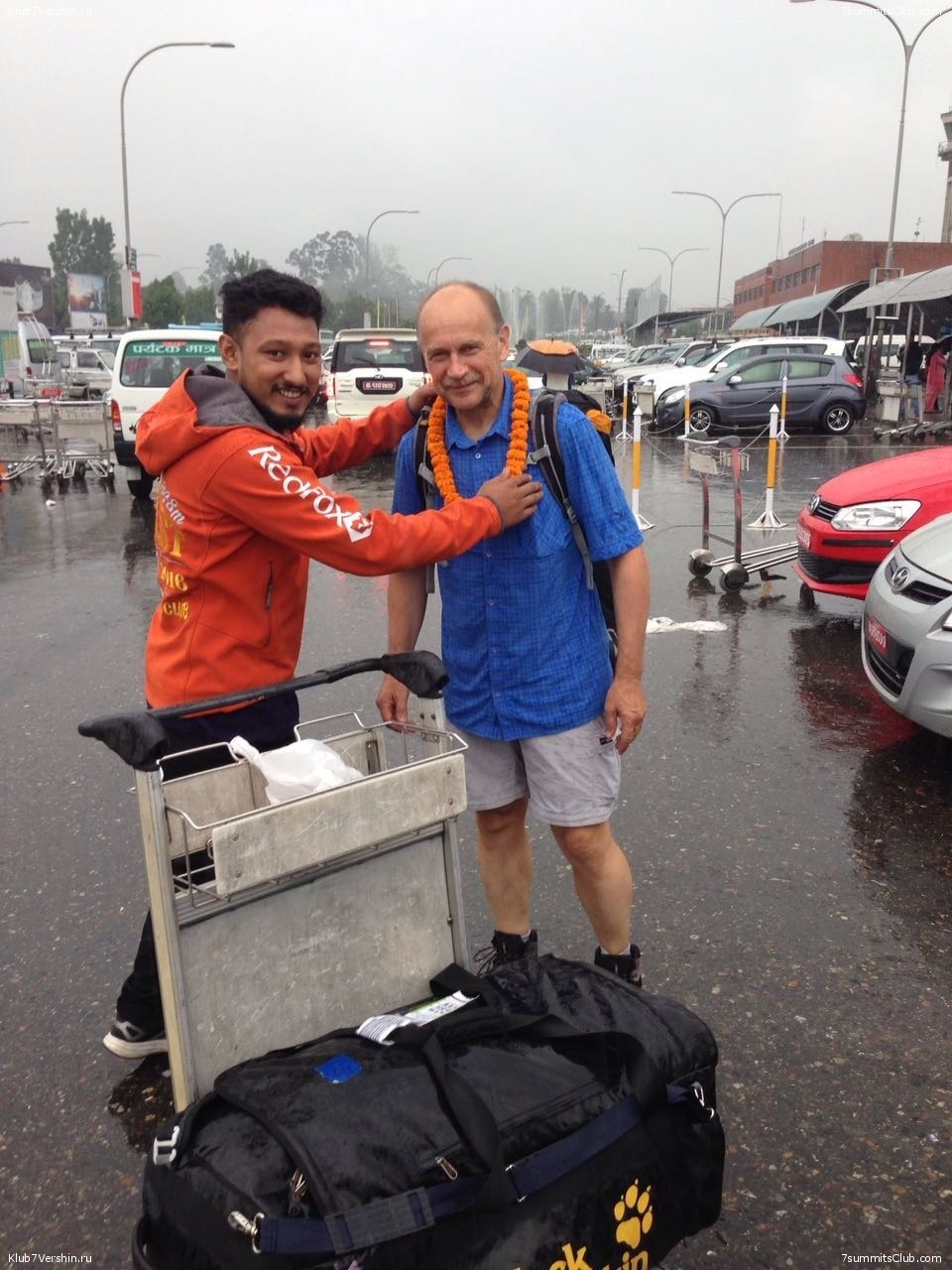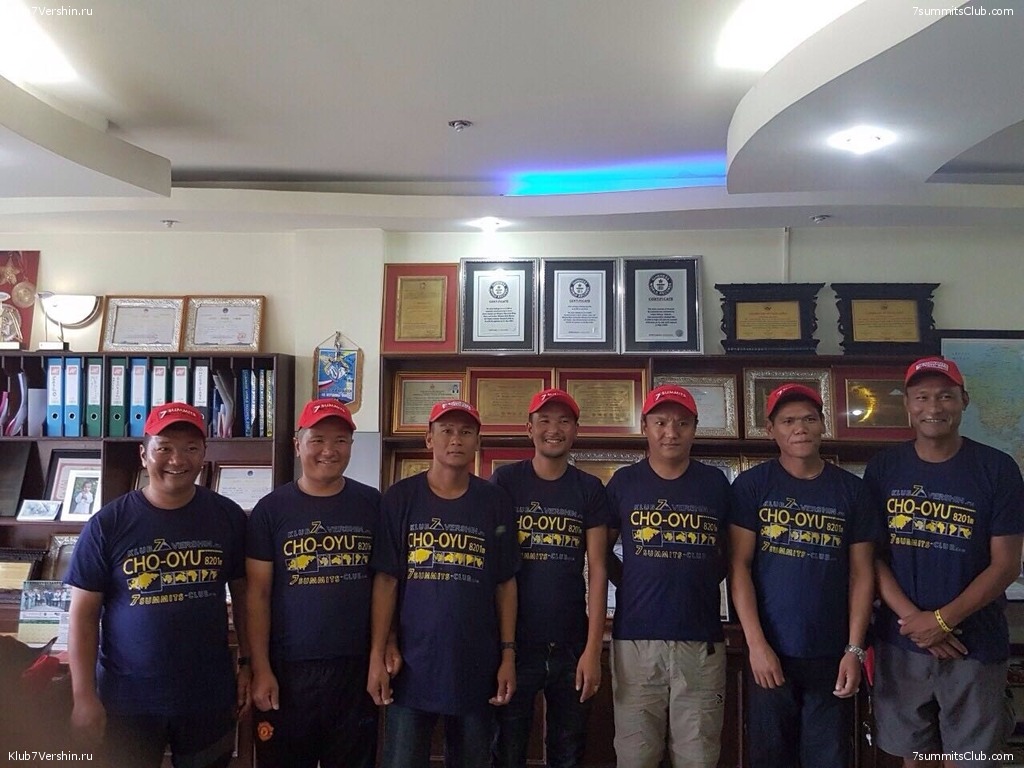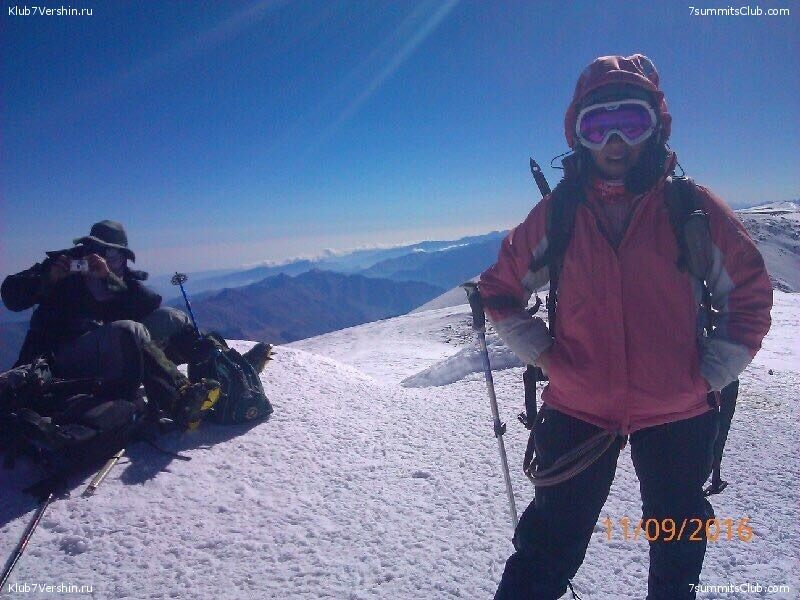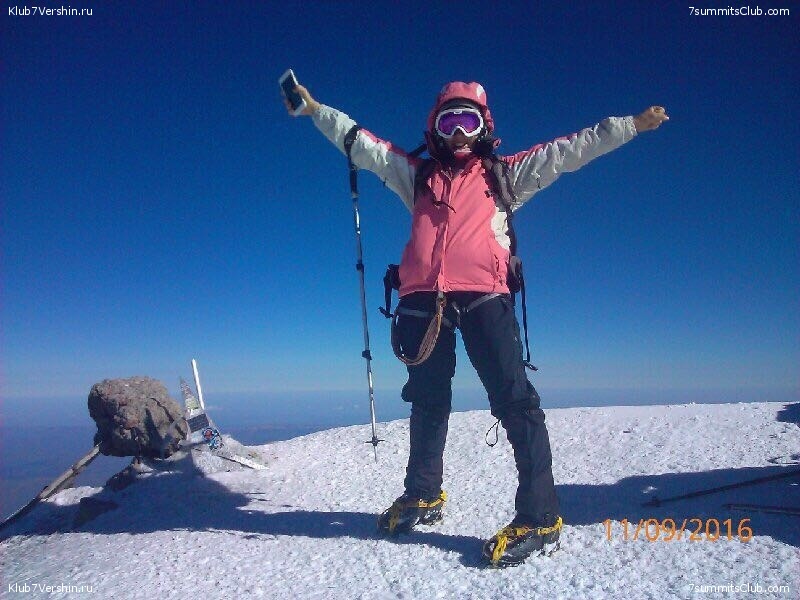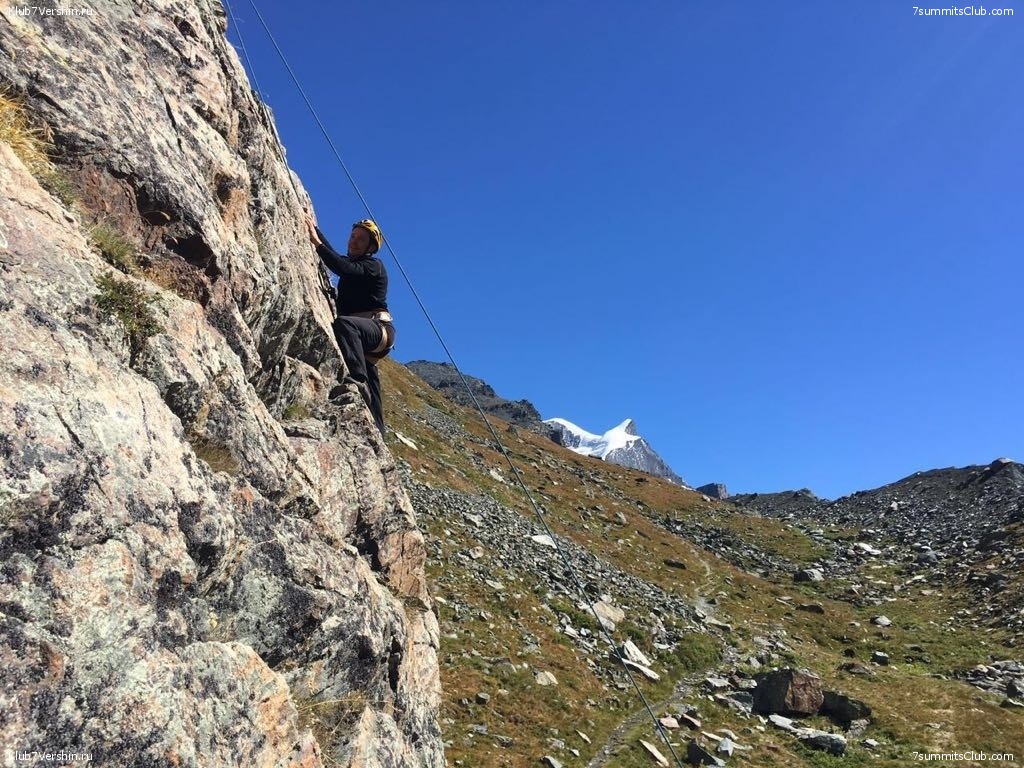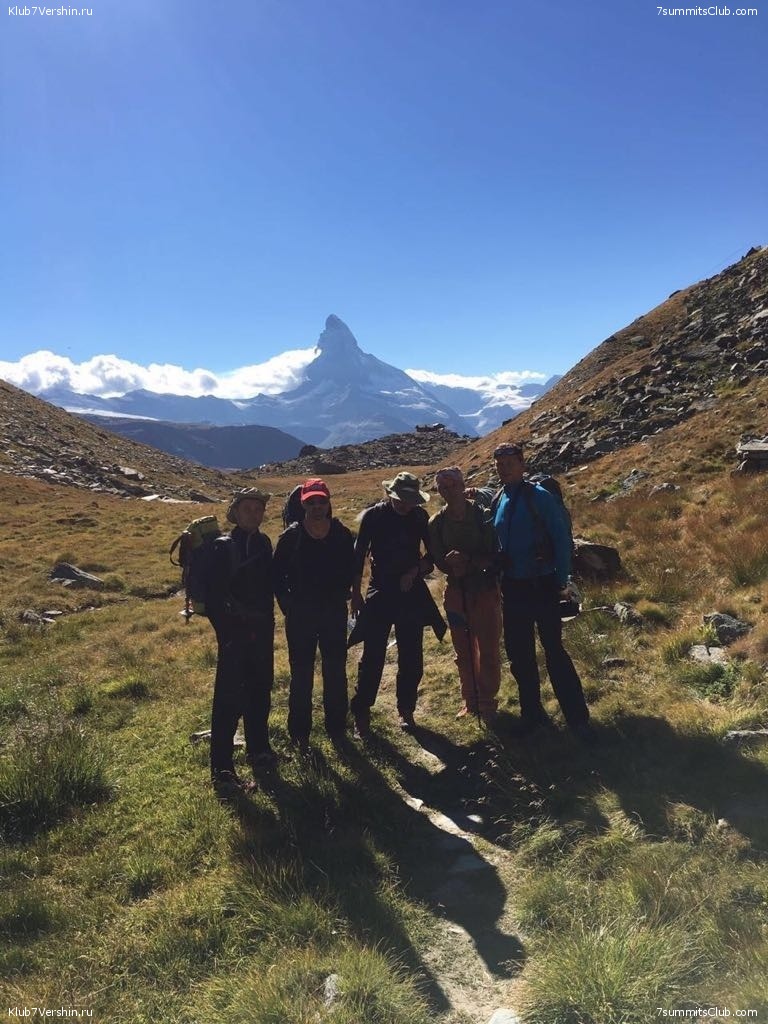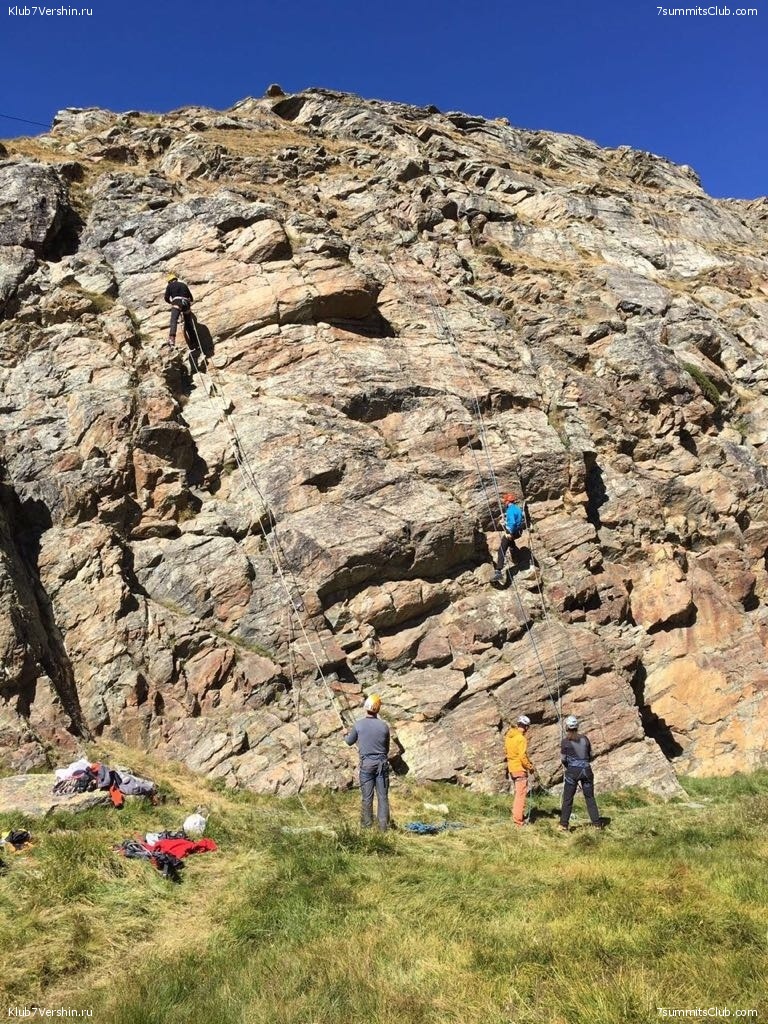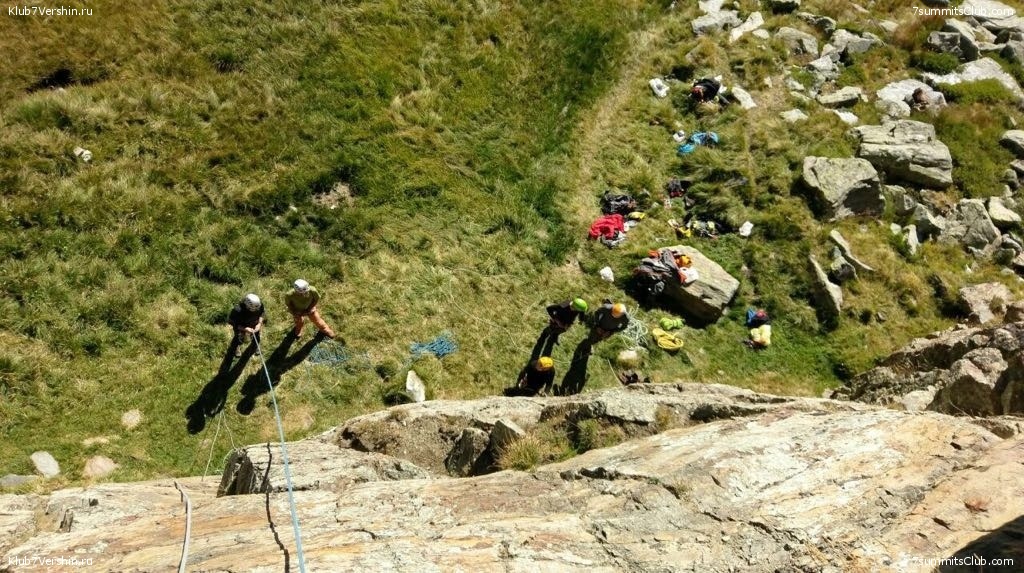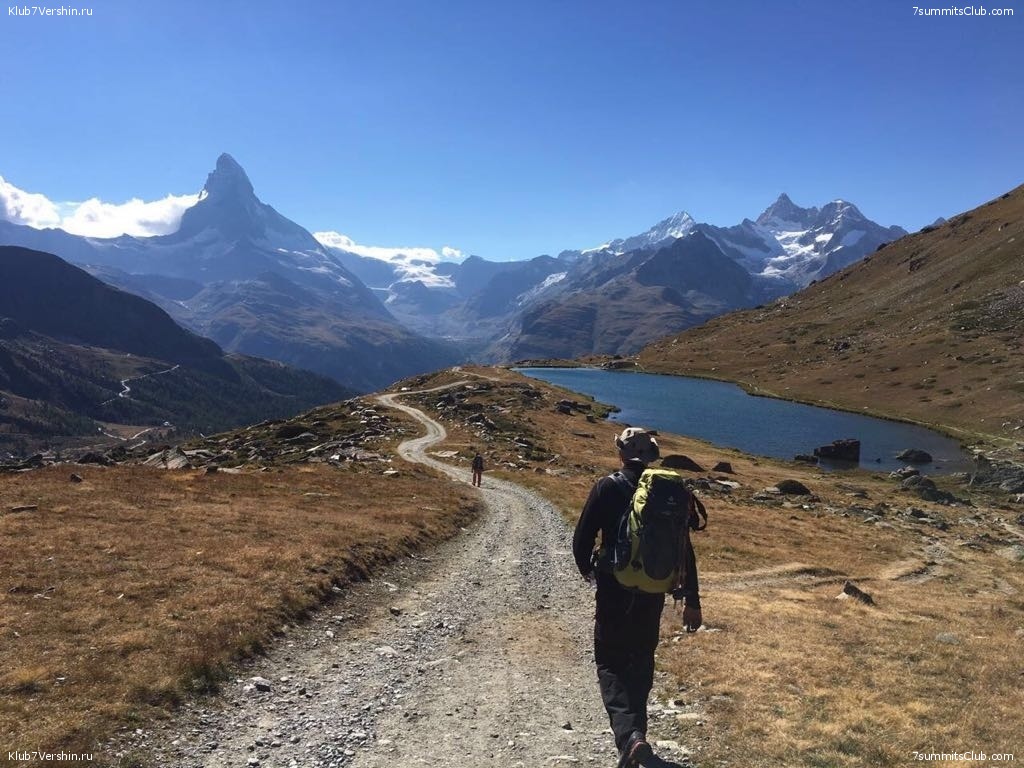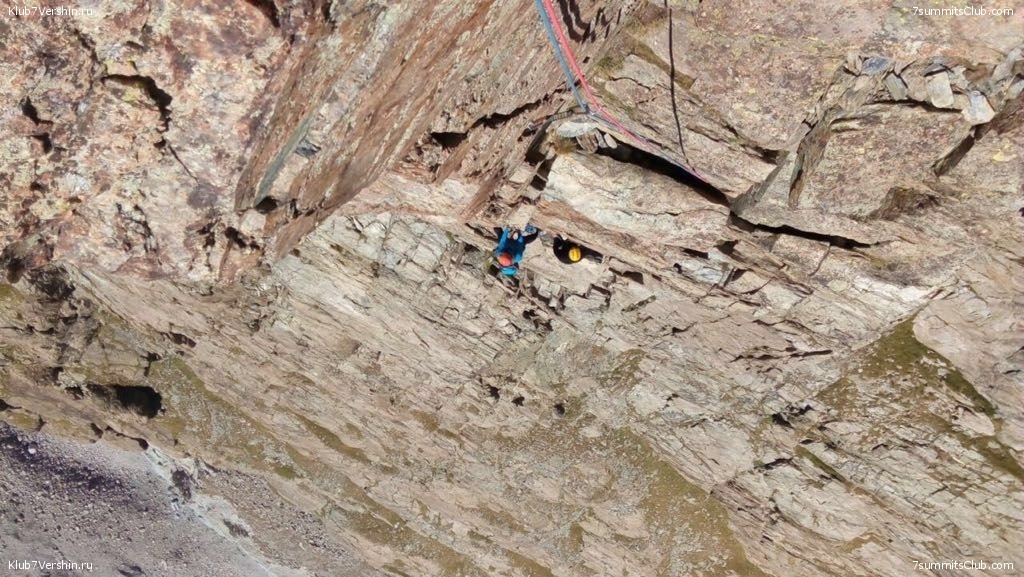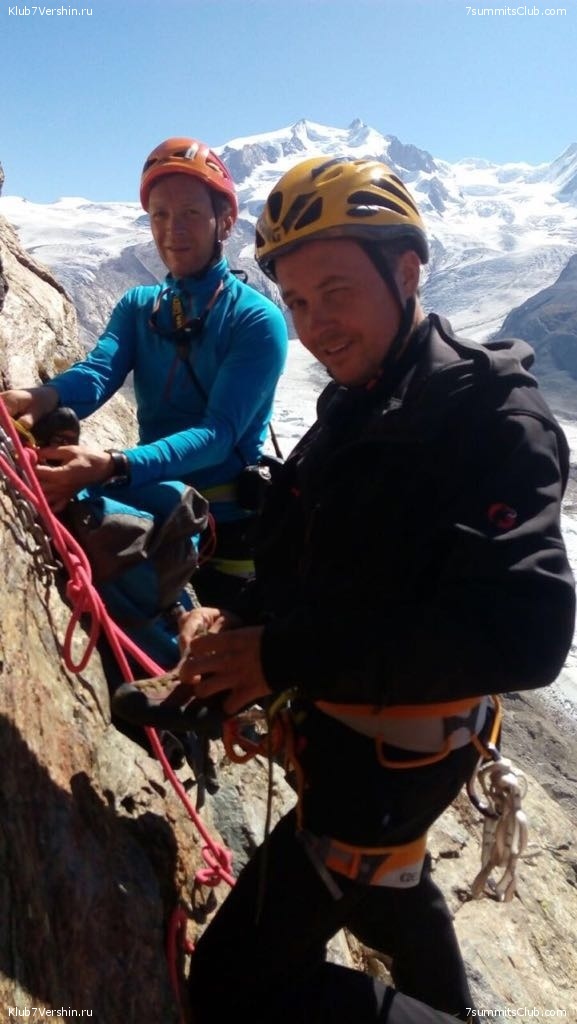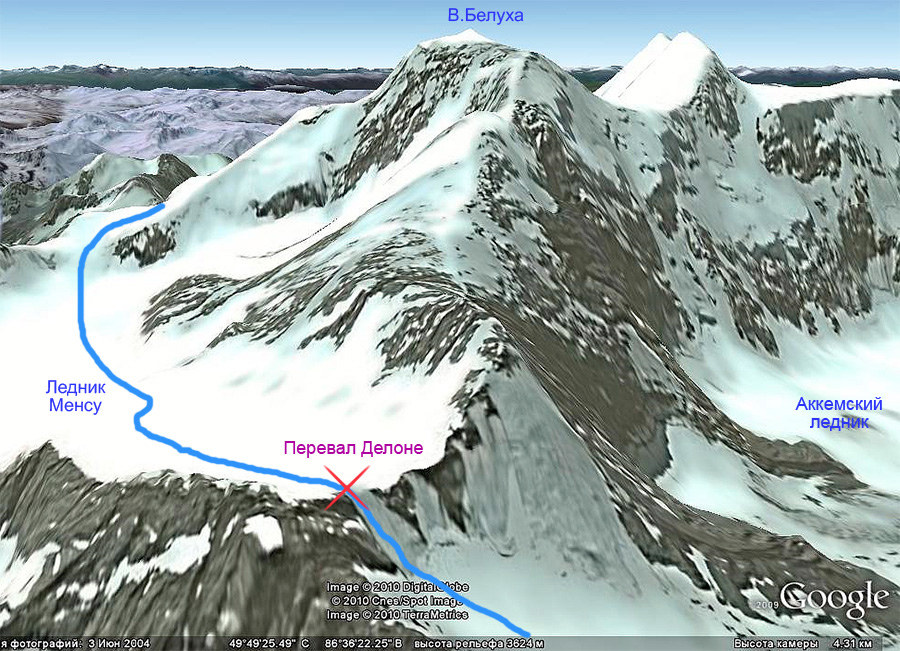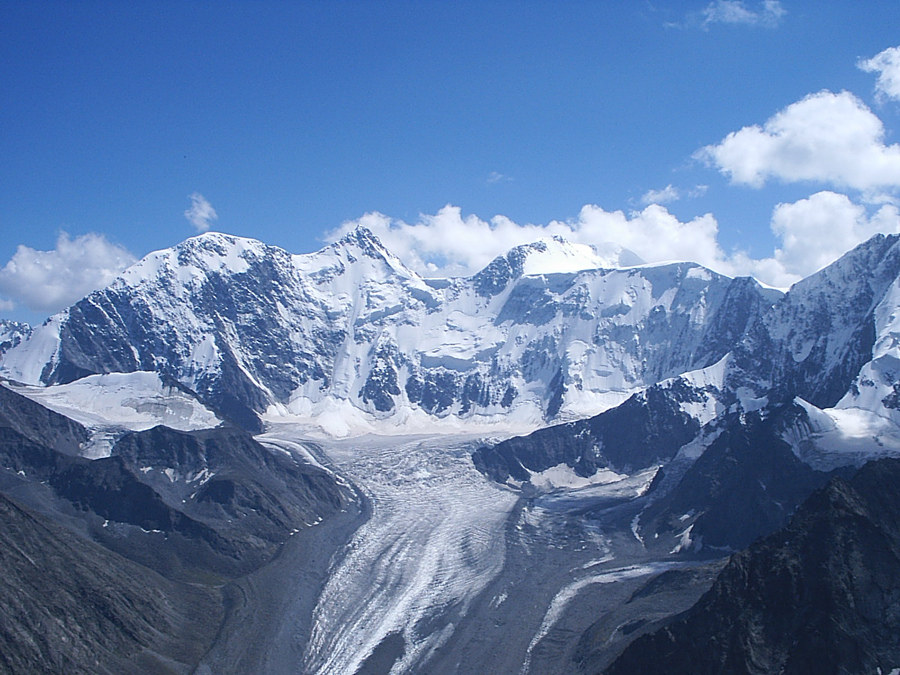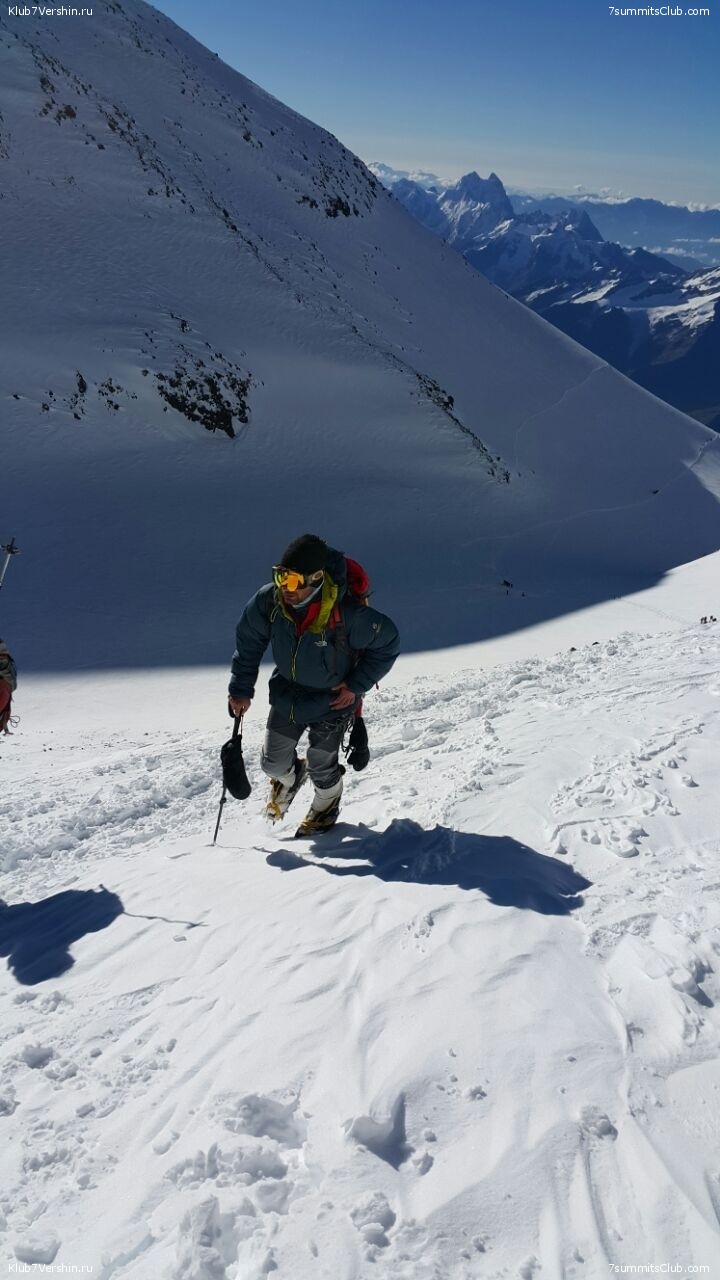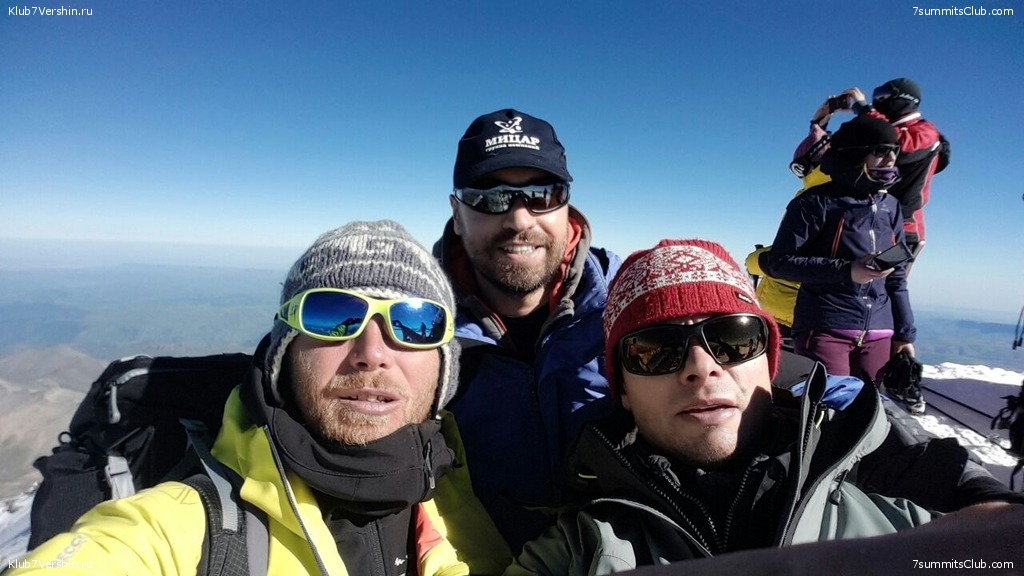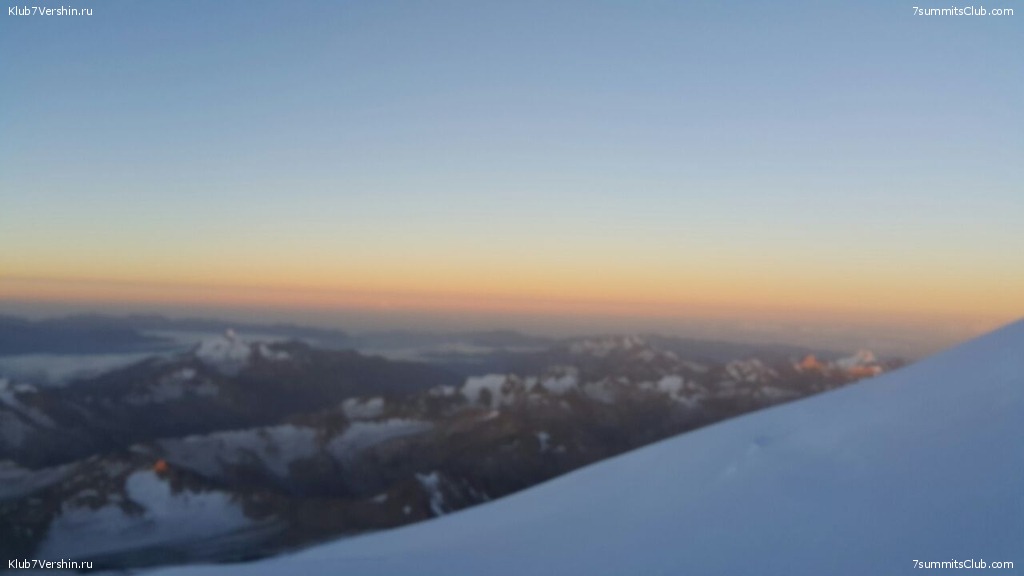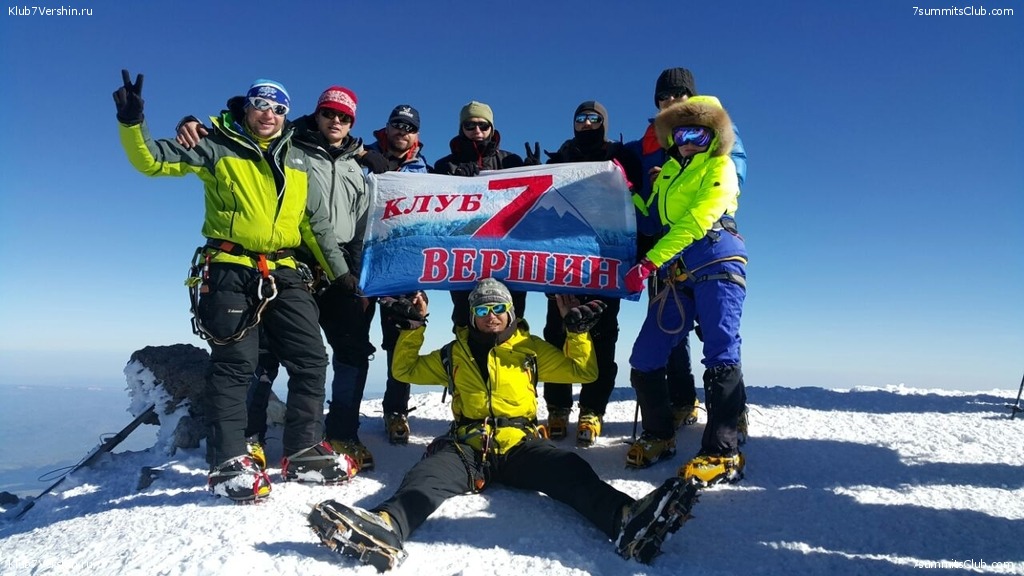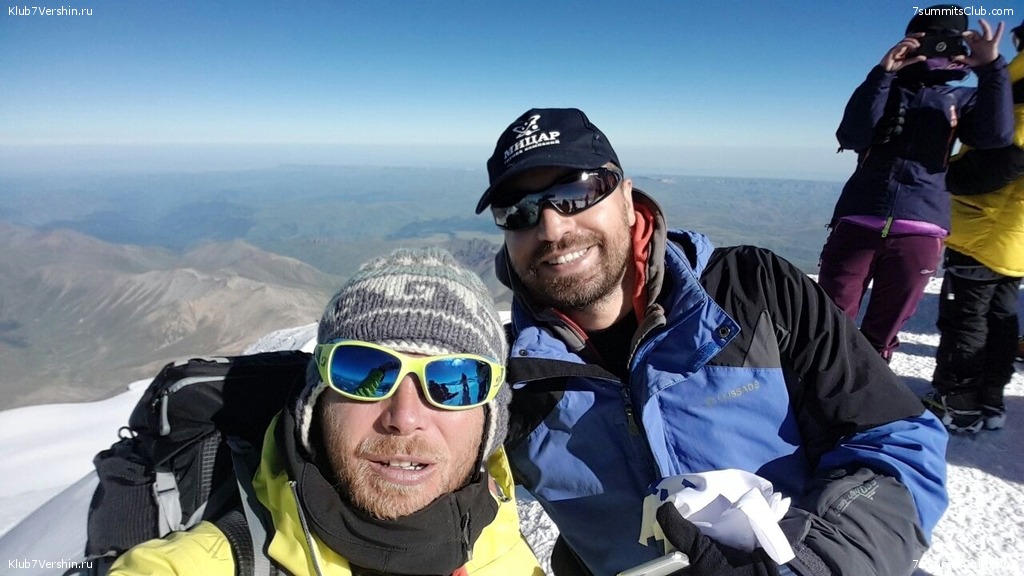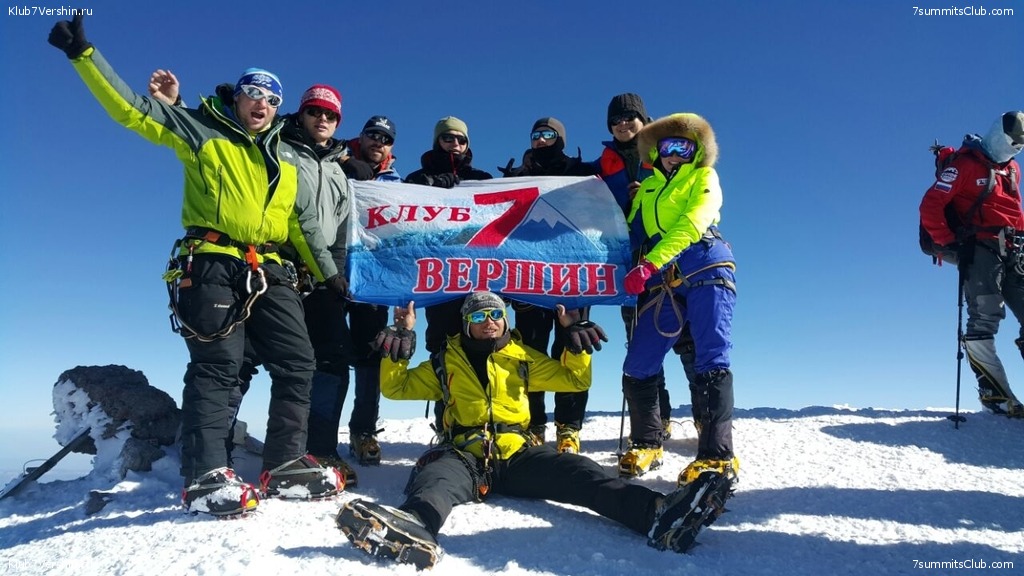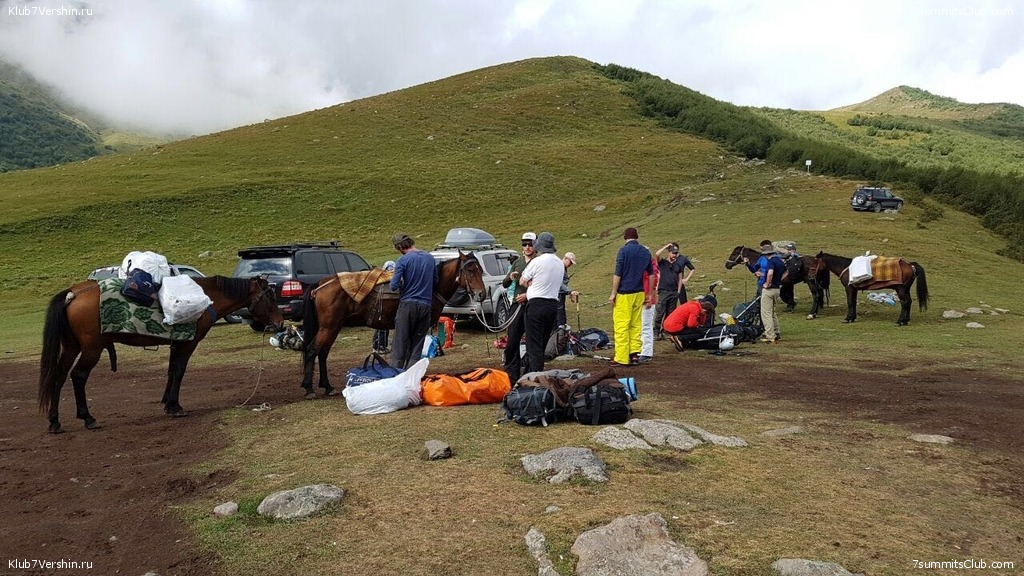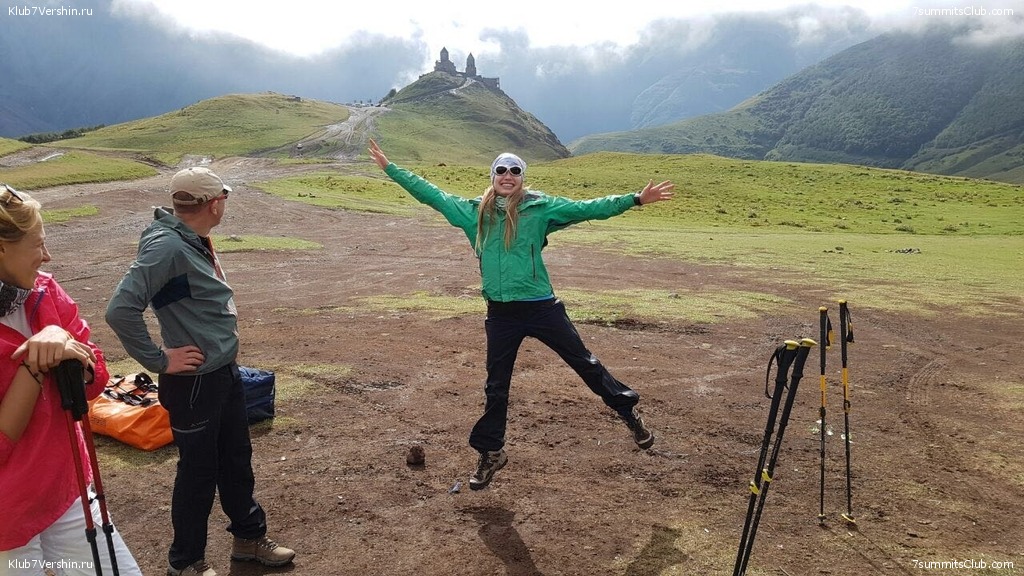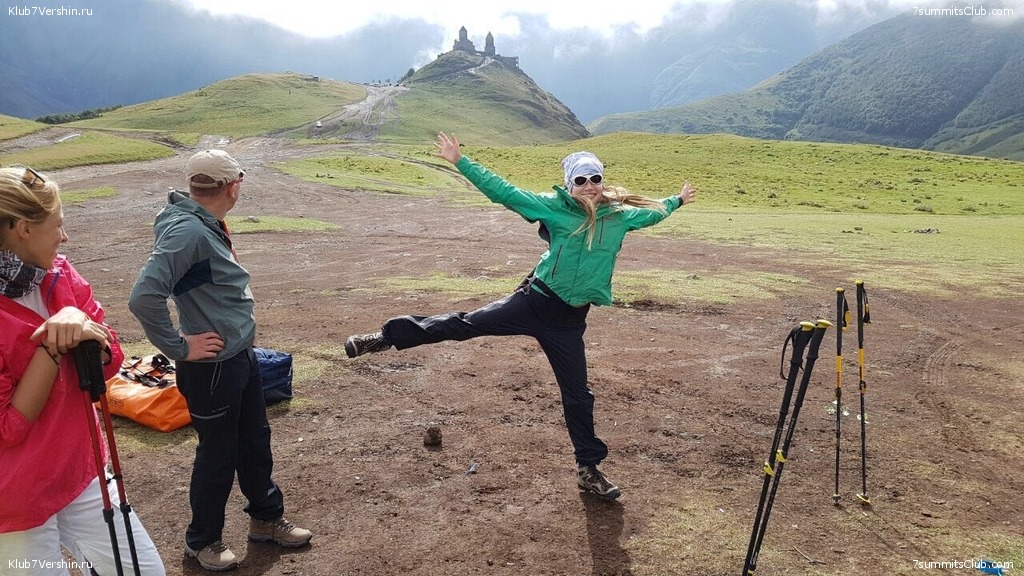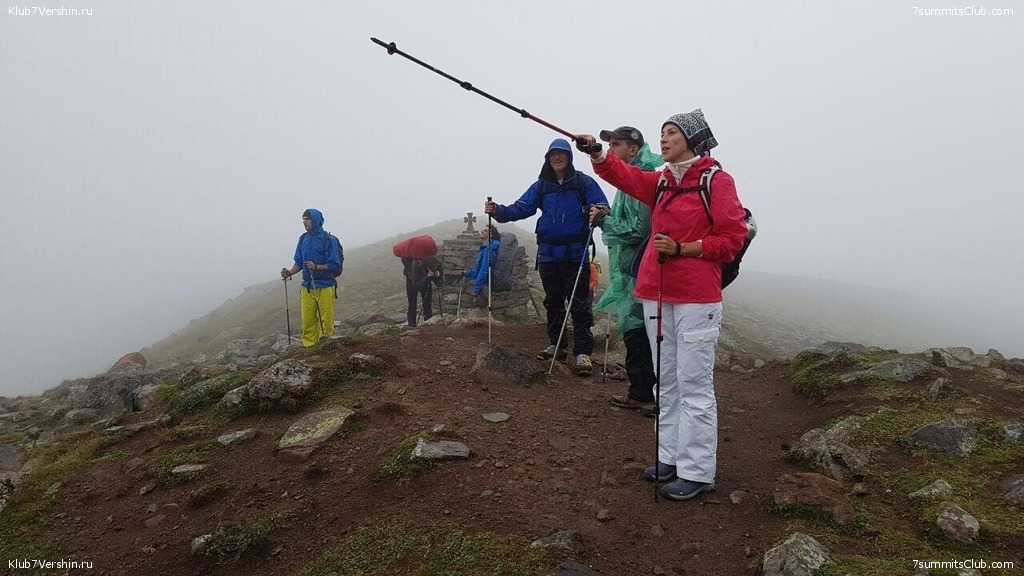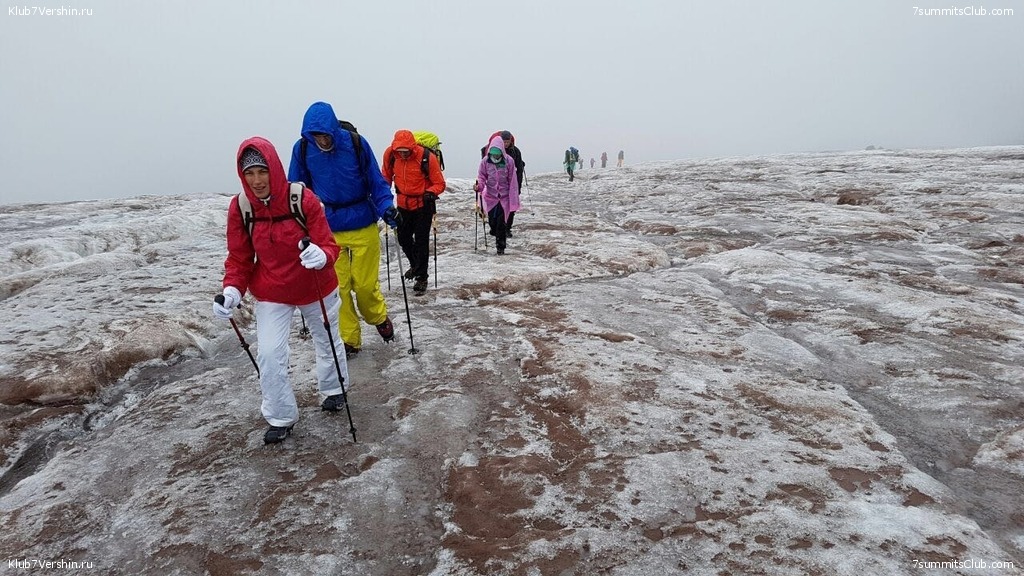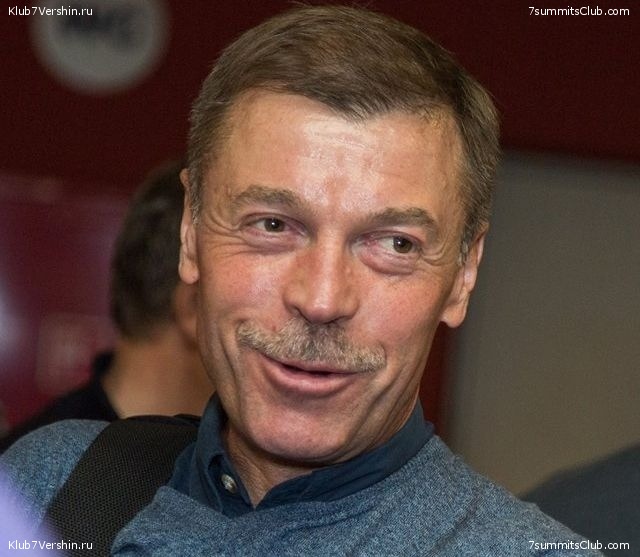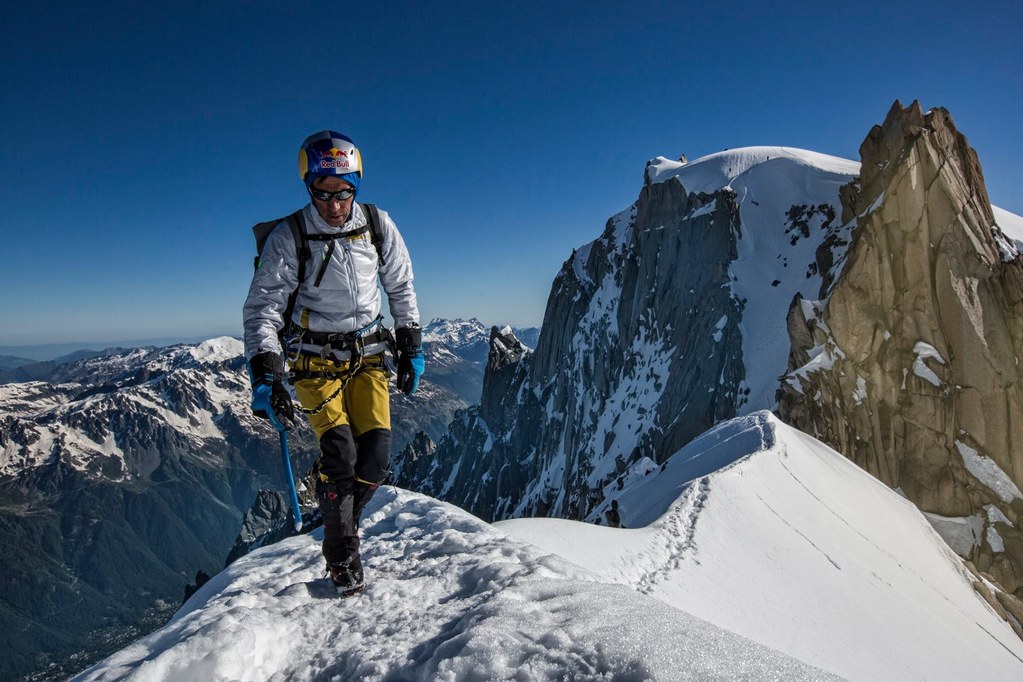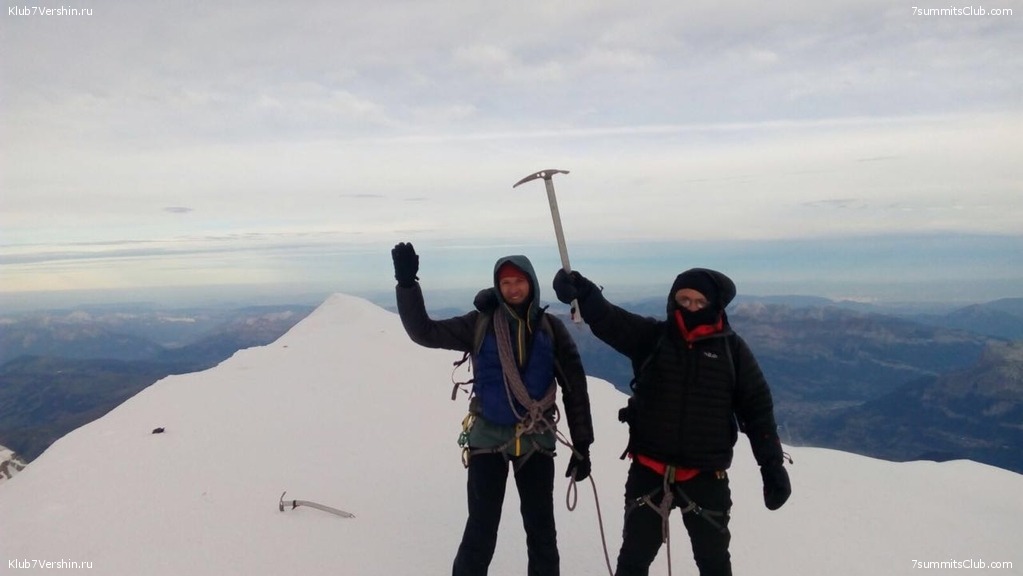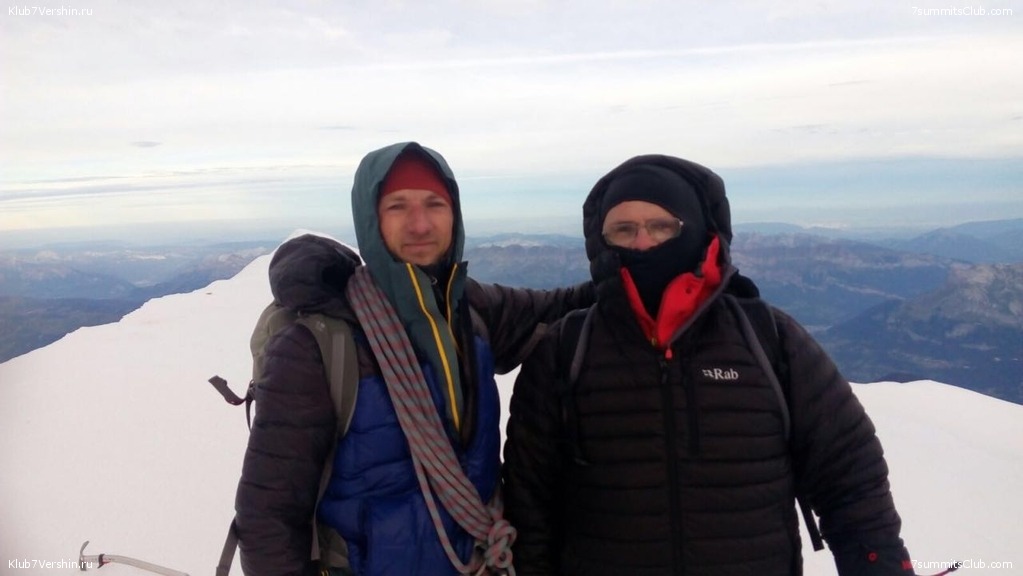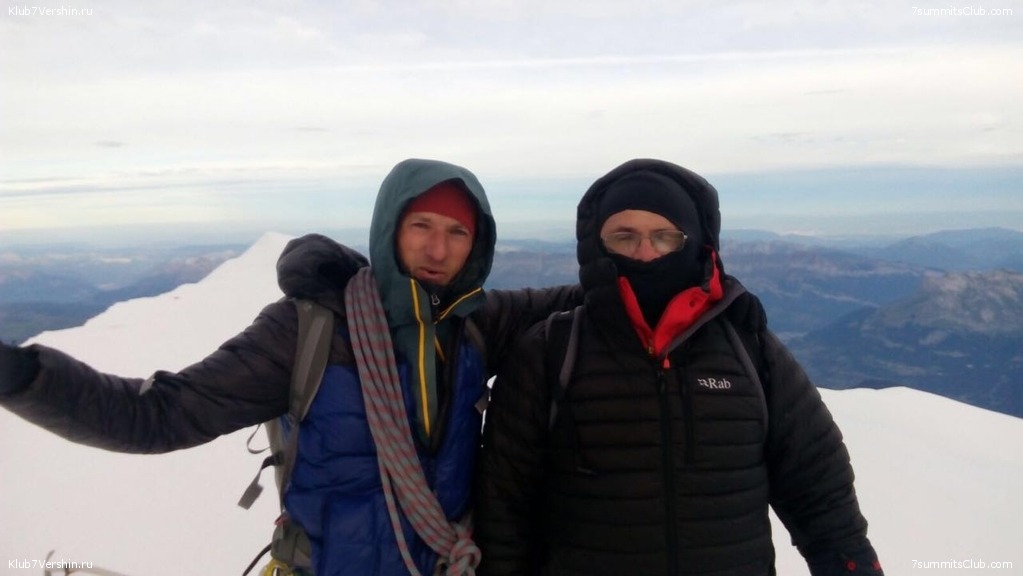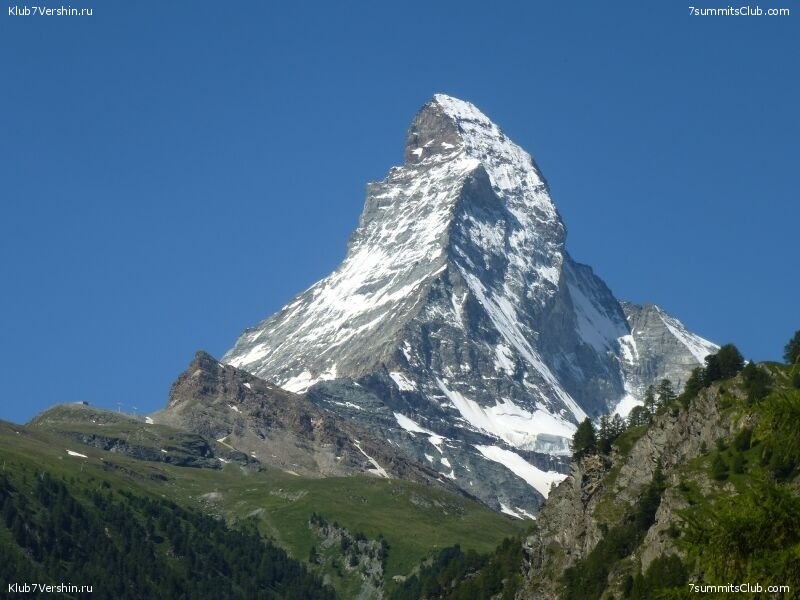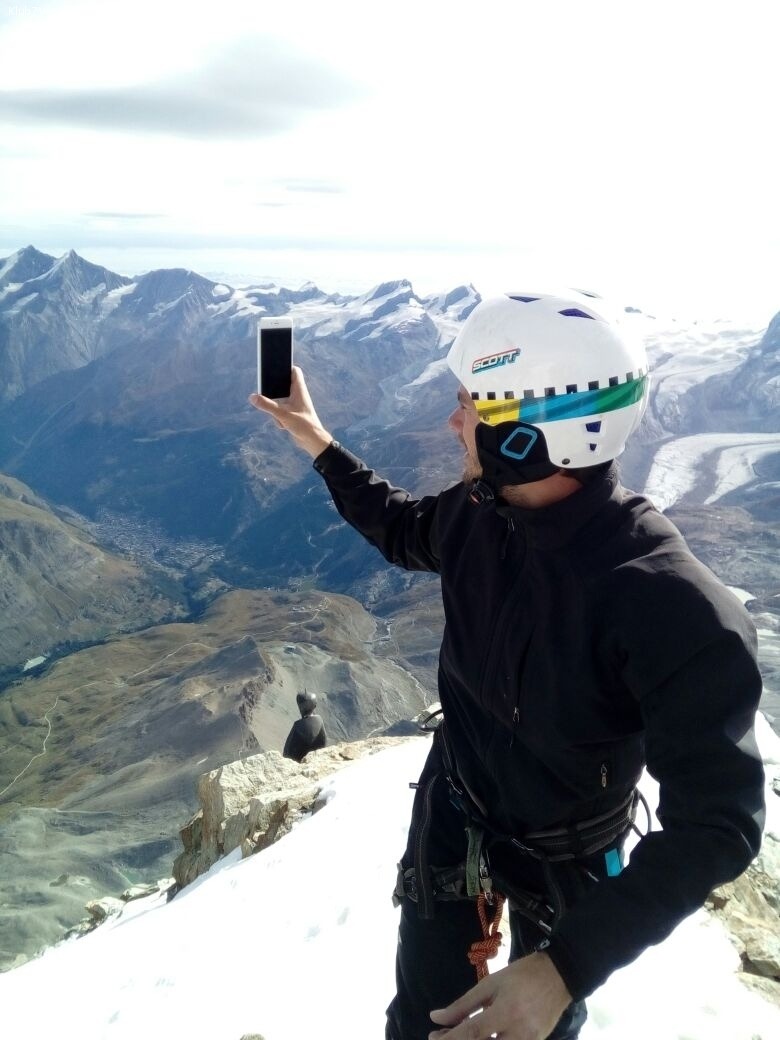All news - Page 238
The 7 Summits Club opened the season of lectures: Alexander Tishkov told about Nepal
Everest BC (Nepal).
Season of lectures open, opened successfully. Club Manager of the 7 Summits Club Alexander Tishkov read the first lecture. We heard a detailed account of the fact that it is important to consider when planning a trip to ...
Season of lectures open, opened successfully. Club Manager of the 7 Summits Club Alexander Tishkov read the first lecture. We heard a detailed account of the fact that it is important to consider when planning a trip to Nepal. All of the most curious and interesting points, some historical facts, trekking routes and much more.
It was very interesting. Thanks to everyone who came to see us. It was nice to see the face inspired by the desire to travel, to conquer the peaks and discover new corners of this planet.
We are waiting for the next session on October 13 on the Gala evening of the 7 Summits Club - birthday! Details about the Gala evening ....
Summit! Alpine trek through mountain passesof Marshal Suvorov finished by climbing the Breithorn
Our Alpine trek the group of the 7 Summits Club continued in other parts of Switzerland. We made a heroic climb to the summit above 4000 meters, Breithorn - 4164 meters according to official figures. It was the first real climbing ...
Our Alpine trek the group of the 7 Summits Club continued in other parts of Switzerland. We made a heroic climb to the summit above 4000 meters, Breithorn - 4164 meters according to official figures. It was the first real climbing experience for the majority of the team members.
Congratulations to the new climbers!
We climbed the by two ropes up of 4 people, led by guides Olga Rumyantseva and Alexander Elkov. The weather was terrible - no clouds, no wind. As we have stripped down the road, as well as not able to achieve harmony. Just the main threat was heatstroke! And it's in the second half of September! This we did not expect. Other members of the expedition also had a great time, admiring Matterhorn from different angles, as well as enjoying the unique warm and friendly atmosphere beautiful town of Zermatt.
Summit! We congratulate Alexander Tokarev and Alexey Korotkov with the successful ascent of Kilimanjaro
Kilimanjaro.
September 15th, at 8 hours 30 minutes our heroic men were standing on the highest point of the African continent. We congratulate Alexander Tokarev and Alexey Korotkov on this achievement! We wish them new heights and new victories! ...
September 15th, at 8 hours 30 minutes our heroic men were standing on the highest point of the African continent. We congratulate Alexander Tokarev and Alexey Korotkov on this achievement!
We wish them new heights and new victories!
Sergey Larin: Short diary of the expedition on Cho Oyu
18.09. We went from the base camp for acclimatization, we scored 500 meters. 19.09.We collected our camp and prepared for moving loads in the Middle Camp and ABC camp. When weighed to give a total weight - 2.5 tons. Participants left ...
18.09. We went from the base camp for acclimatization, we scored 500 meters.
19.09.We collected our camp and prepared for moving loads in the Middle Camp and ABC camp. When weighed to give a total weight - 2.5 tons. Participants left by foot, the goods had to leave later on a truck. But the truck will not allow by the police. Now we are sitting in the intermediate camp, Middle Camp at 5400 and forward to their belongings., who slowly drive up on motorcycles. Everything else is good.
Diary of the expedition on Cho Oyu. 15-17 September
Sergey Larin, leader of the expedition. Diary of the expedition on Cho Oyu. 15.09 we arrived in Shigatse (3800), the second largest city in Tibet. We walked around the city and who wanted could buy pillows. While there was not ...
Sergey Larin, leader of the expedition.
Diary of the expedition on Cho Oyu. 15.09 we arrived in Shigatse (3800), the second largest city in Tibet. We walked around the city and who wanted could buy pillows. While there was not a single day without rain.
16.09. In the morning we went to the monastery, the second largest in Tibet. There we worshiped the world's largest Buddha statue. Then we went to Tingri (4300).
17.09. After breakfast we drove to the base camp. In Tingri Chinese began to build housing estates and road towards Cho Oyu. Therefore, after 1.5 hours we were in base camp (4900). On Cho Oyu - it is rather an intermediate camp, than the base, as we plan to spend only two nights here. All the rest of the time camp ABC (5700) will be our base. Everything goes according to plan, the members feel good.
We invite everyone, all at a Gala Evening dedicated to the birthday of the 7 Summits Club!
The event will be held on October 13th on Thursday, beginning at 20:00. The 7 Summits Club celebrates its birthday and invites you to share the feast of all his friends and those who would like to become a friend. We invite you to our ...
The event will be held on October 13th on Thursday, beginning at 20:00. The 7 Summits Club celebrates its birthday and invites you to share the feast of all his friends and those who would like to become a friend. We invite you to our office ul. Bolshaya Pereyaslavskaya, 7. Metro Prospekt Mira.
In the evening we will tell about our key expeditions of 2016, we summarize the results of several months of travel and climbing programs. You will find a meal and attention from the owners.
More Details will be soon
That's how it was a year ago:
Photo by Andrey Berezin from autumn climbing Elbrus
Elbrus.
Team of Andrey Berezin by sunny, but windy weather, successfully reached the summit of Mount Elbrus. That these are autumn climbing. Congratulations to the brave participants and valiant guides! It was the ending of a large climbing ...
Team of Andrey Berezin by sunny, but windy weather, successfully reached the summit of Mount Elbrus. That these are autumn climbing. Congratulations to the brave participants and valiant guides! It was the ending of a large climbing season on Mount Elbrus.
Summit! Ben Cranwell and Heleen Laurisson climbed Kilimanjaro
Kilimanjaro.
Ben Cranwell and Heleen Laurisson stood on top of Mount Kilimanjaro on 13 September. They climbed to the top together, accompanied by the local team. Now they are still in Tanzania, ready to fly home. Already, Ben and Helen ...
Ben Cranwell and Heleen Laurisson stood on top of Mount Kilimanjaro on 13 September. They climbed to the top together, accompanied by the local team.
Now they are still in Tanzania, ready to fly home. Already, Ben and Helen make plans for the following ascents.
The list of achievements they have already 2 of the 7 highest peaks of the continents, five ahead yet!
Our congratulations!
New expedition started. Alexey Lonchinsky goes a solo on Manaslu
Manaslu.
Alexey Lonchinsky - the coach of the 7 Summits Club, who runs Mountain School of our Club in St. Petersburg, went to the Himalayas today. His goal - to climb Manaslu (8156 m), the eighth highest mountain in the world. Alex plans to climb as ...
Alexey Lonchinsky - the coach of the 7 Summits Club, who runs Mountain School of our Club in St. Petersburg, went to the Himalayas today. His goal - to climb Manaslu (8156 m), the eighth highest mountain in the world. Alex plans to climb as soon as possible and in alpine style.
This expedition is organized with the support of 7 Summits Club. We wish good luck to Alex and weather on the route!
Remember that Aleksey Lonchinsky is the winner of the international competition "Piolet d'Or" in 2014.
Members of the expedition to Cho Oyu gathered in Kathmandu. Lhasa flight will be tomorrow ...
Sergey Larin from Kathmandu: Preparations for the expedition to Cho Oyu continues. Finally, all participants gathered in Kathmandu. All luggage was delivered on time! Sherpa Team of 7 people today early in the morning went to Tibet with ...
Sergey Larin from Kathmandu:
Preparations for the expedition to Cho Oyu continues. Finally, all participants gathered in Kathmandu. All luggage was delivered on time! Sherpa Team of 7 people today early in the morning went to Tibet with loads through Gyirong. Since the road through Zhangmu is still closed after the earthquake. Monsoon is not over yet, every day in Kathmandu rains. Today we will have a gala dinner dedicated to the start of the expedition. Tomorrow our plan is to fly to Lhasa at 11 a.m.
SUMMIT! September 11th a girl group of Sergei Semykin climbed Elbrus
Elbrus.
Sergey Semykin: September 11th members, courageous girls, from a group of Sergei Semykin climbed Elbrus. Many thanks to Pavel who was the second guide!
Sergey Semykin: September 11th members, courageous girls, from a group of Sergei Semykin climbed Elbrus.
Many thanks to Pavel who was the second guide!
SUMMIT! Dmitry Ginkulov and Egor Dulnev successfully climbed the Matterhorn
Today our climbers Dmitry Ginkulov and Egor Dulnev successfully reached the summit of the Matterhorn. And they could safely descend to the hut H¸rnli, to the beginning of the route ...
Today our climbers Dmitry Ginkulov and Egor Dulnev successfully reached the summit of the Matterhorn. And they could safely descend to the hut H¸rnli, to the beginning of the route ...
Alex Abramov and Co inspecting Rifelhorn cliffs, standard training before the climb on Matterhorn
Alex Abramov, Maxim Foygel and friends practiced today on the rocks of mount Rifelhorn near Zermatt. Excellent weather has allowed to receive real pleasure of climbing. ...
Alex Abramov, Maxim Foygel and friends practiced today on the rocks of mount Rifelhorn near Zermatt. Excellent weather has allowed to receive real pleasure of climbing.
Climbing season in Altai continue. Congratulations to those who have already made the ascent!
Congratulations on a successful ascent to the top of Mount Beluga to the team consisting of: Nikita Pivunov, Artem Pronyakin, Alexander Molchanov and Natalia Sidorova! Well done! Previously, we reported that the program of ...
Congratulations on a successful ascent to the top of Mount Beluga to the team consisting of:
Nikita Pivunov, Artem Pronyakin, Alexander Molchanov and Natalia Sidorova! Well done!
Previously, we reported that the program of climbing Belukha successfully ended for the father and son Kislenko. Yuri Kislenko sent us a photo, where he and his 16-year-old son Dmitry are on the Tomsky refuge.
And to finish the season in the Altai we have one another group. We hope that the weather will allow them to climb to the top.
SUMMIT! Group guided by Andrey Berezin conquered Mount Elbrus
Elbrus.
Group of Andrey Berezin named "Seven climbers and a Girl" made a successful ascent to the highest peak of Russia Mount Elbrus. Everything went well, they were lucky with the weather too. Photos turned out great. Our congratulations! ...
Group of Andrey Berezin named "Seven climbers and a Girl" made a successful ascent to the highest peak of Russia Mount Elbrus. Everything went well, they were lucky with the weather too. Photos turned out great. Our congratulations!
Today our group in Georgia has risen to the Kazbek weather station. PHOTO
Guide Shota Komakhidze reports: Today is the second day of our expedition! And we made a heroic ascent from Stepantsminda village (at the foot of Mount Kazbek) to the base camp at 3700! The weather pleased us with abundant rains! Group ...
Guide Shota Komakhidze reports: Today is the second day of our expedition! And we made a heroic ascent from Stepantsminda village (at the foot of Mount Kazbek) to the base camp at 3700! The weather pleased us with abundant rains! Group bravely endured all the hardships, is now resting and saves power for the upcoming performances. Namely, we have go to acclimatization and for training with a special climbing equipment - it plans for tomorrow. And, of course, we shall climb to the summit of Mount Kazbek!
Cho Oyu Expedition starts
September 6th an expedition of the 7 Summits Club on the 6th highest mountain of the World Cho Oyu (8201m) begins. Leader - Sergey Larin, many times Everest summiter. The legendary mountaineer, basejumper, skydiver and holder ...
September 6th an expedition of the 7 Summits Club on the 6th highest mountain of the World Cho Oyu (8201m) begins. Leader - Sergey Larin, many times Everest summiter.
The legendary mountaineer, basejumper, skydiver and holder of numerous records - Valery Rozov is taking part in the expedition. He plans to establish another world record!
Members of the expedition:
- Valery Rozov
- Nick Lebanidze (Georgia)
- Zygmunt Berdychowsky (Poland)
- Dmitry Kuznetsov
- Igor Smirnov
- Natalia Smirnova
- Vasily Kernitsky
September 6th, Sergei Larin flies from Moscow to Kathmandu. And all participants will gather in the capital of Nepal, Sept. 11th. Then - they will go to Lhasa and then to the base camp of Cho Oyu.
SUMMIT !!! Vadim Vokryachko and Maxim Foygel climbed Mont Blanc
Today at 8:20 am local time, in spite of the bad weather and strong winds, Vadim Vokryachko and Maxim Foygel climbed the highest peak of the Alps, Mont Blanc. Our congratulations!
Today at 8:20 am local time, in spite of the bad weather and strong winds, Vadim Vokryachko and Maxim Foygel climbed the highest peak of the Alps, Mont Blanc. Our congratulations!
Double congratulations! Makar German on his birthday climbed the Matterhorn!
Today Makar German and a guide the 7 Summits Club Egor made perfect climb to the summit of the Matterhorn. They climbed quickly enough, so have time to go down to take the Schwarzsee cable car up to the closing. This gift has made by ...
Today Makar German and a guide the 7 Summits Club Egor made perfect climb to the summit of the Matterhorn. They climbed quickly enough, so have time to go down to take the Schwarzsee cable car up to the closing. This gift has made by Makar in his own birthday! Our congratulations!
